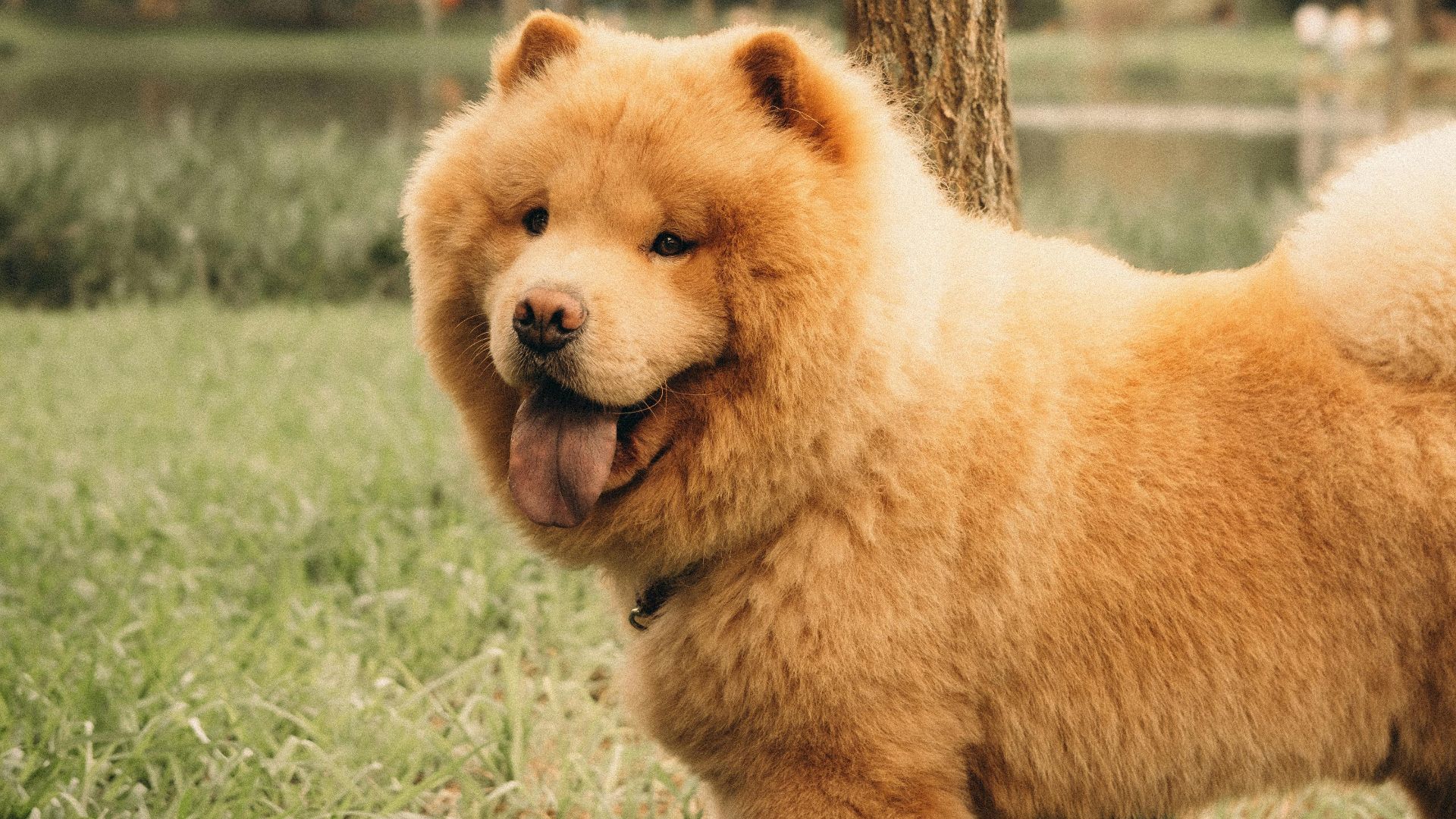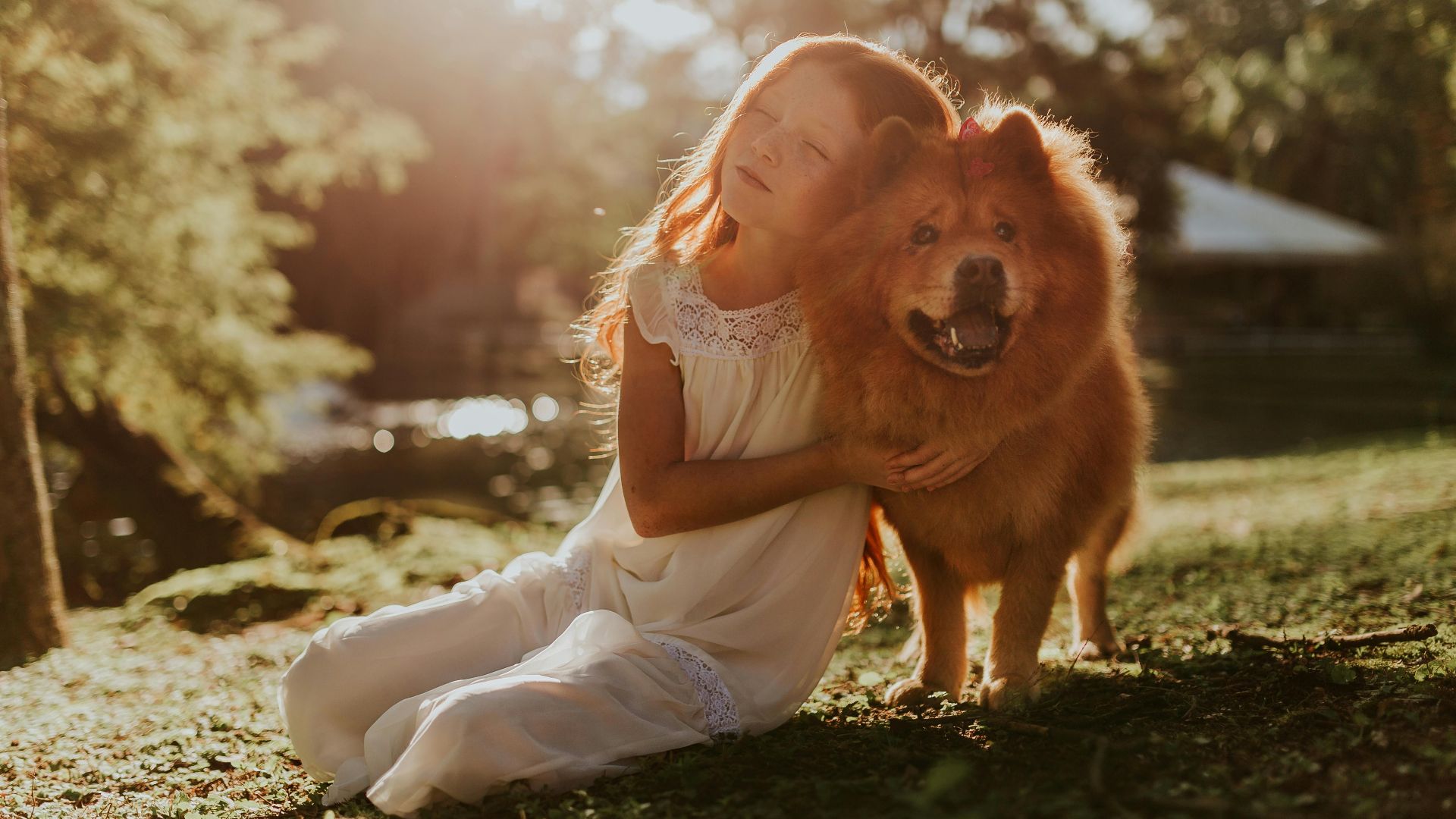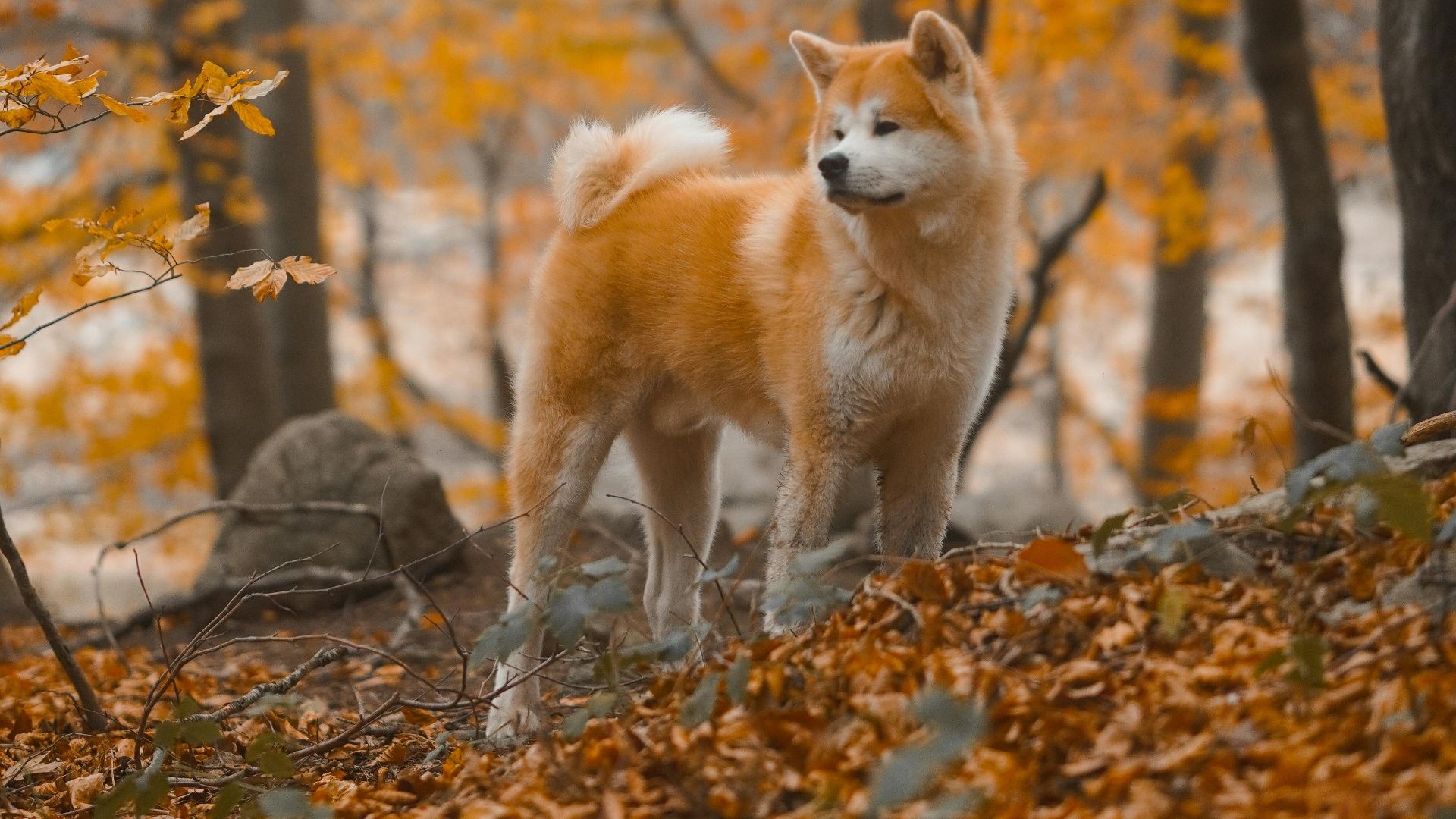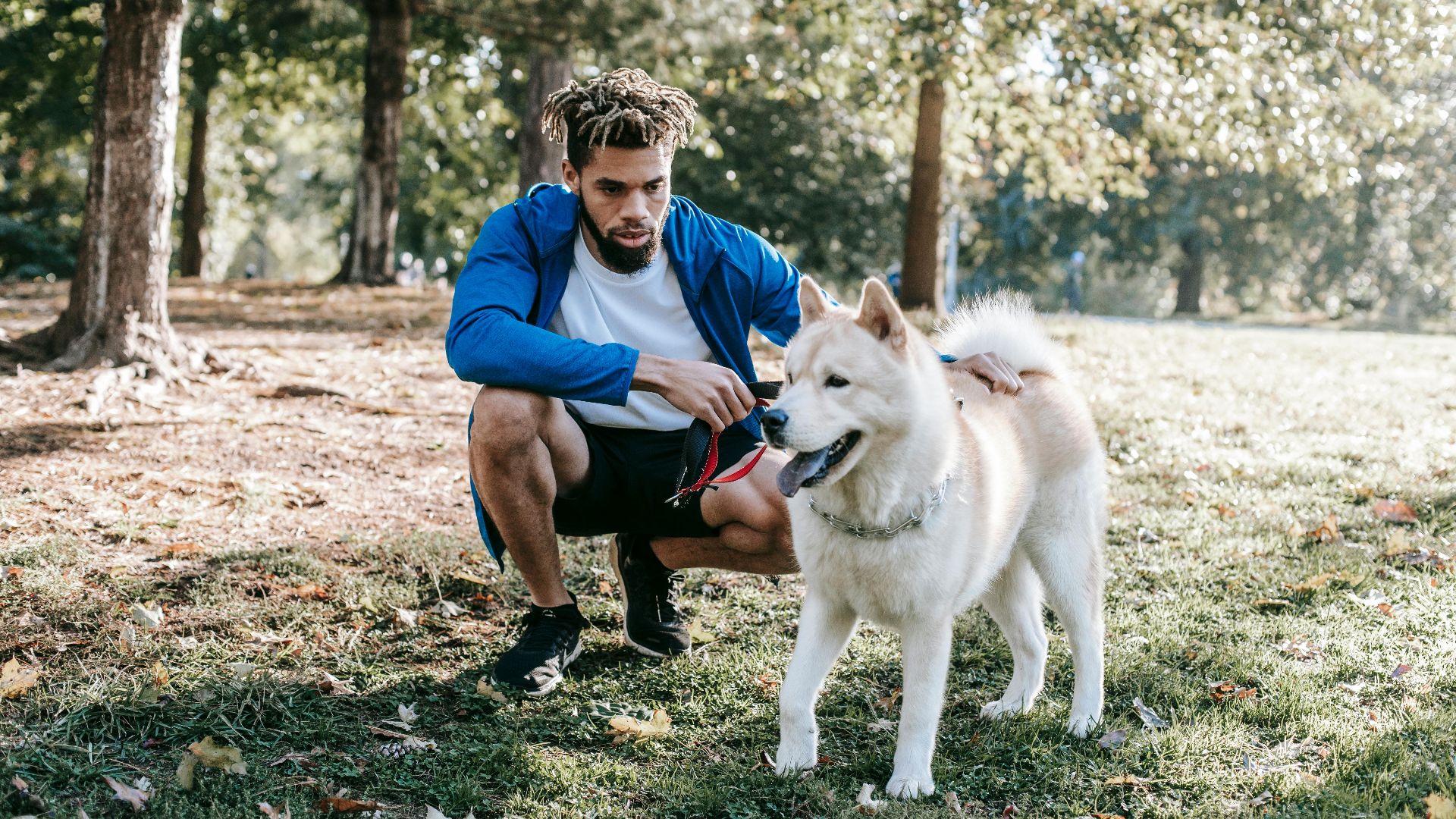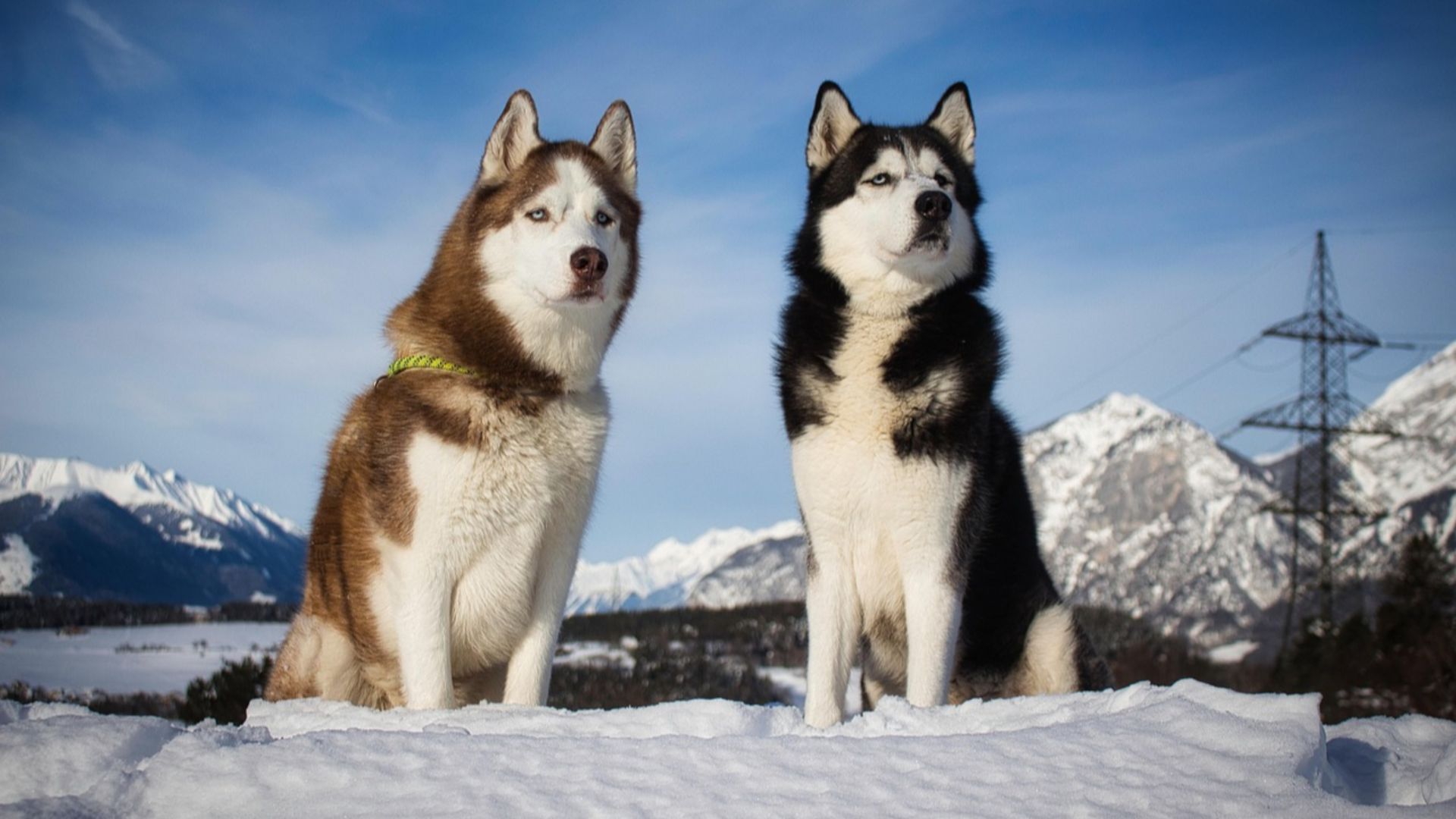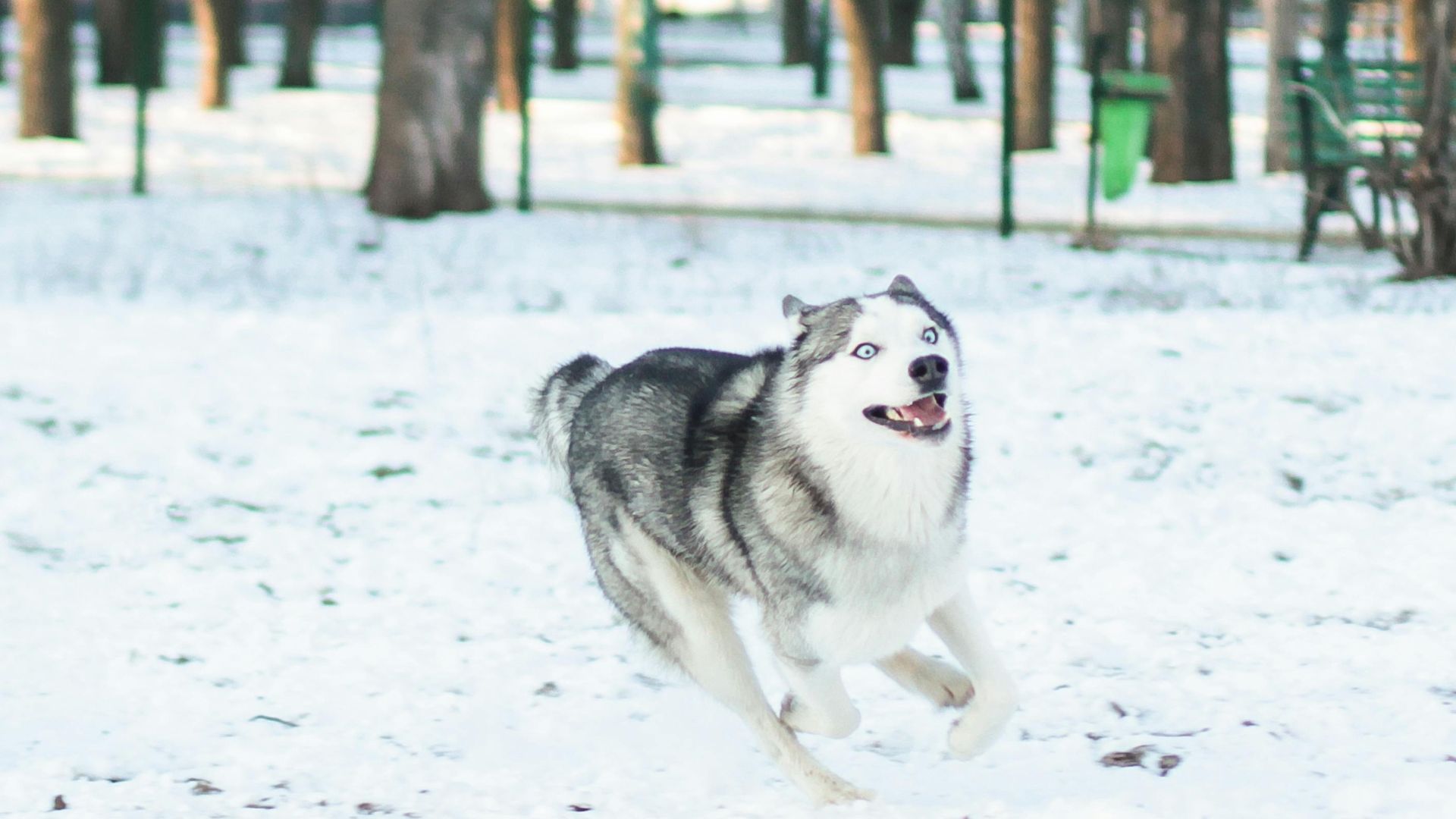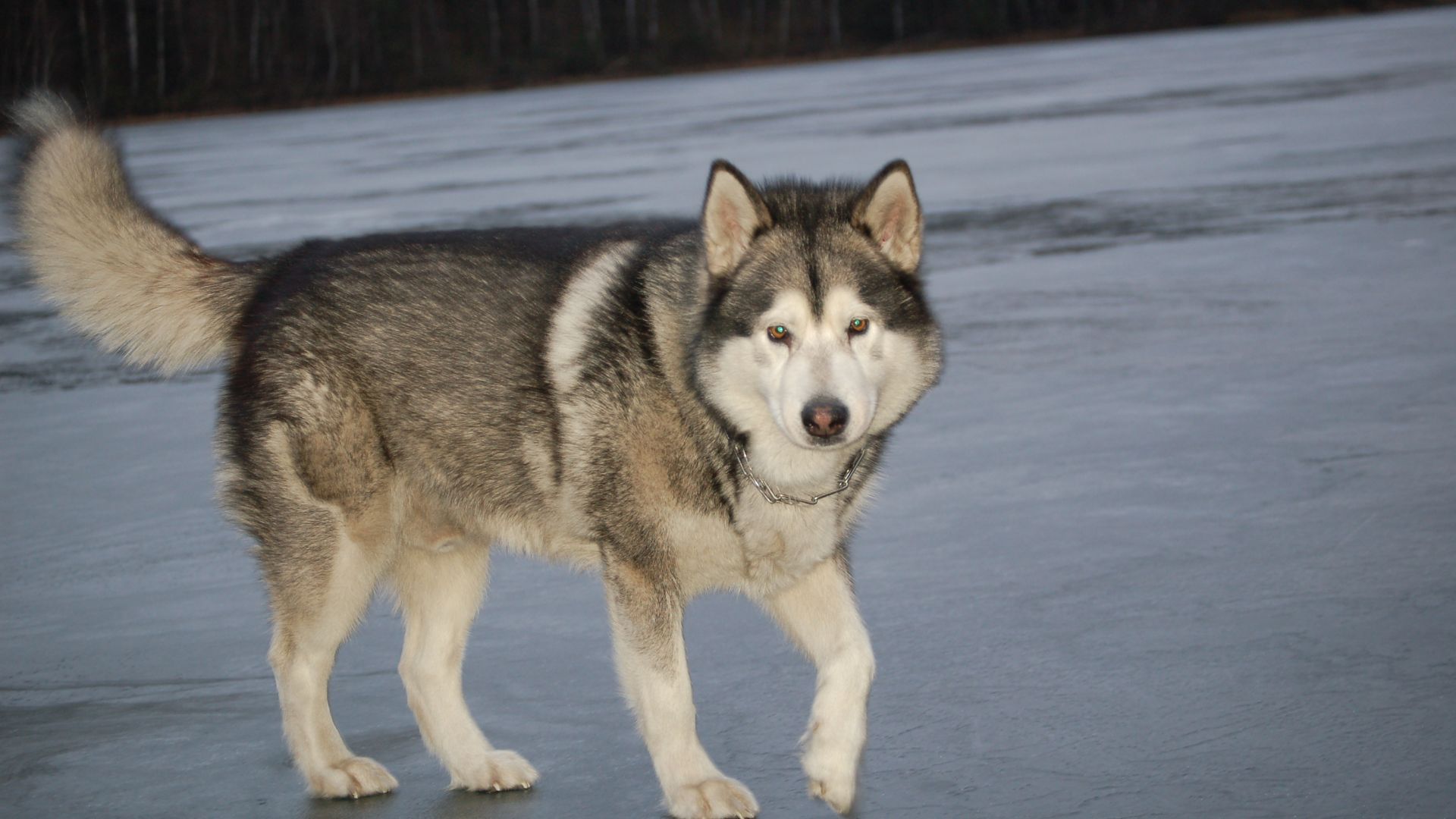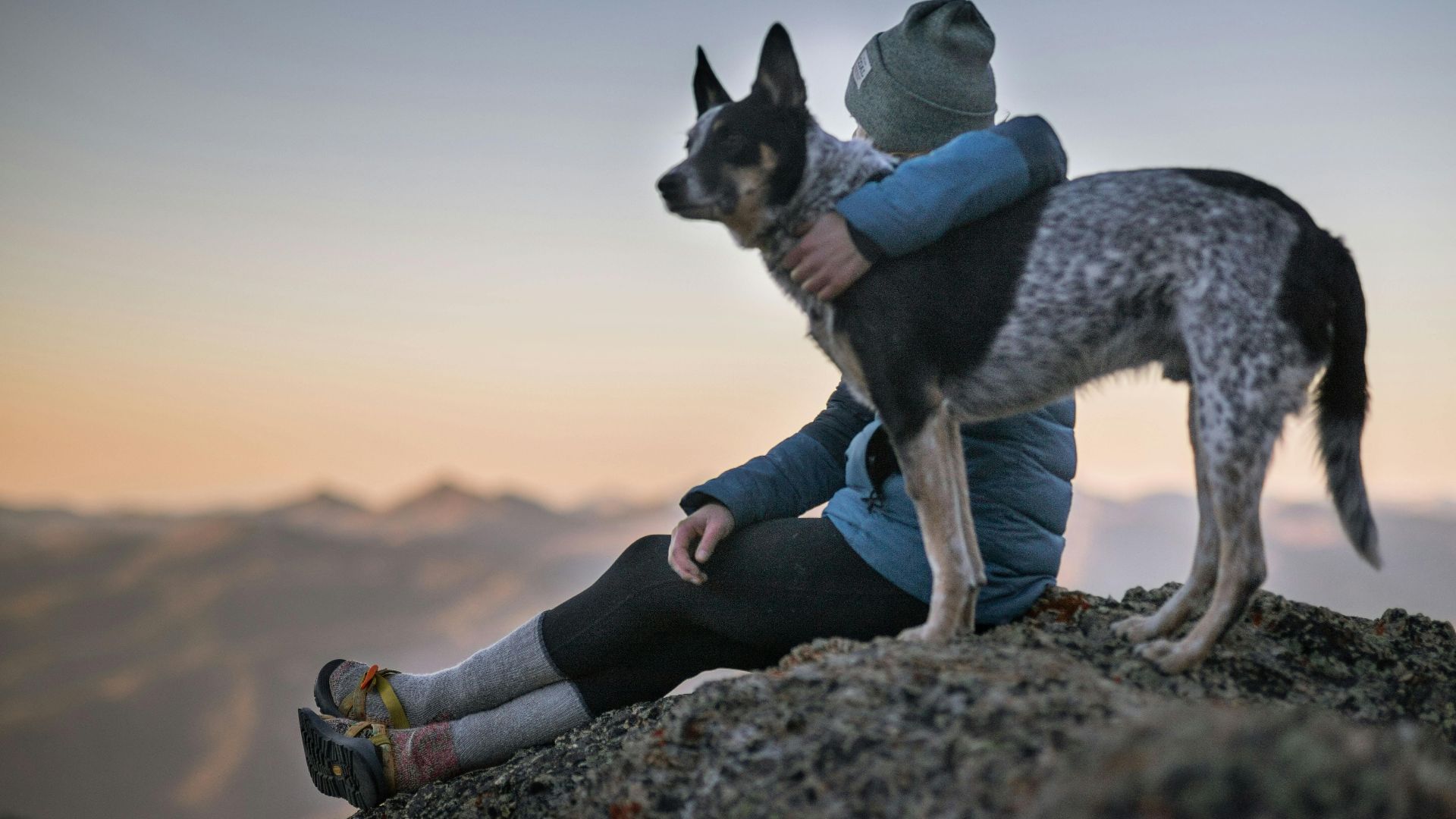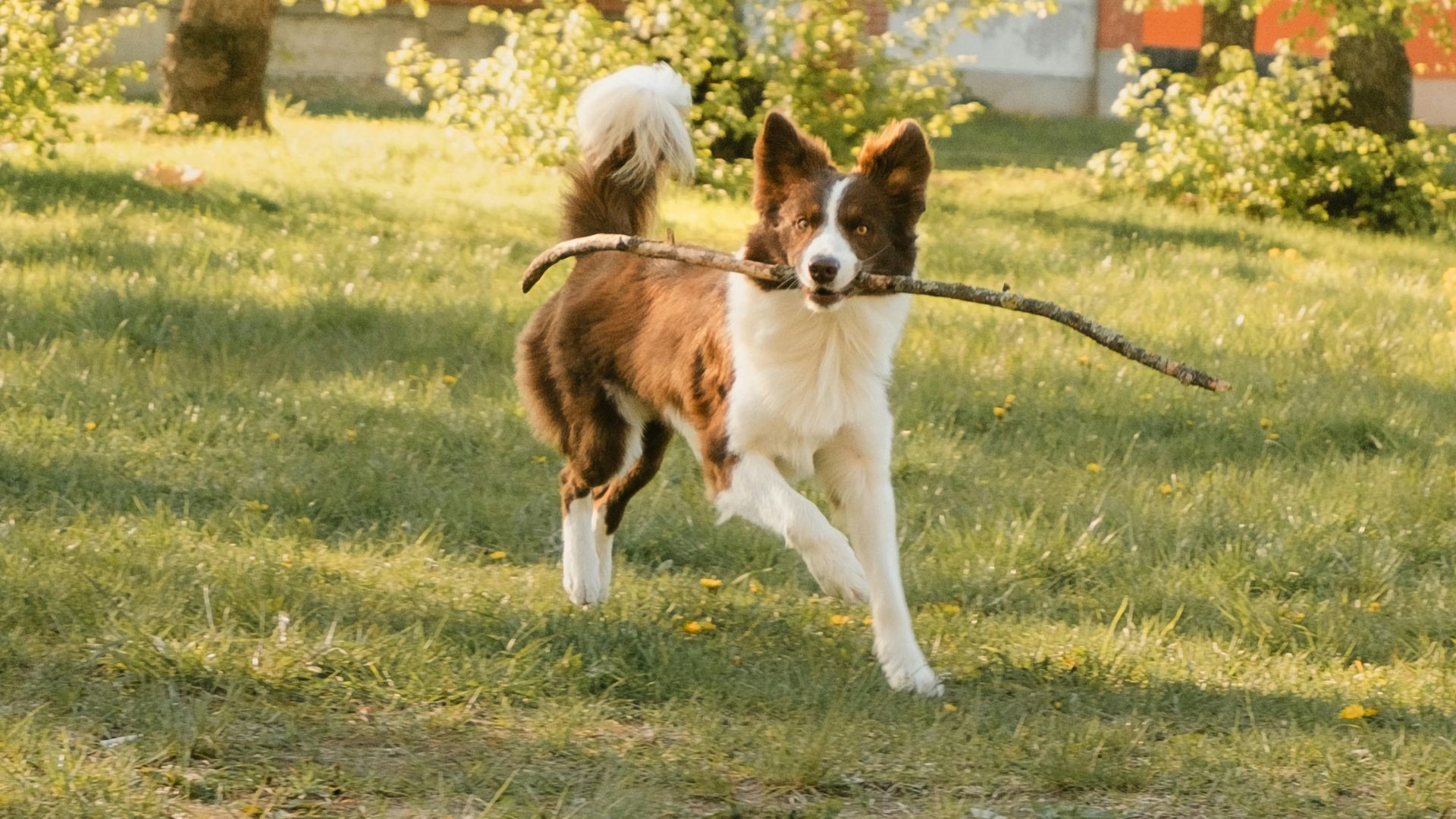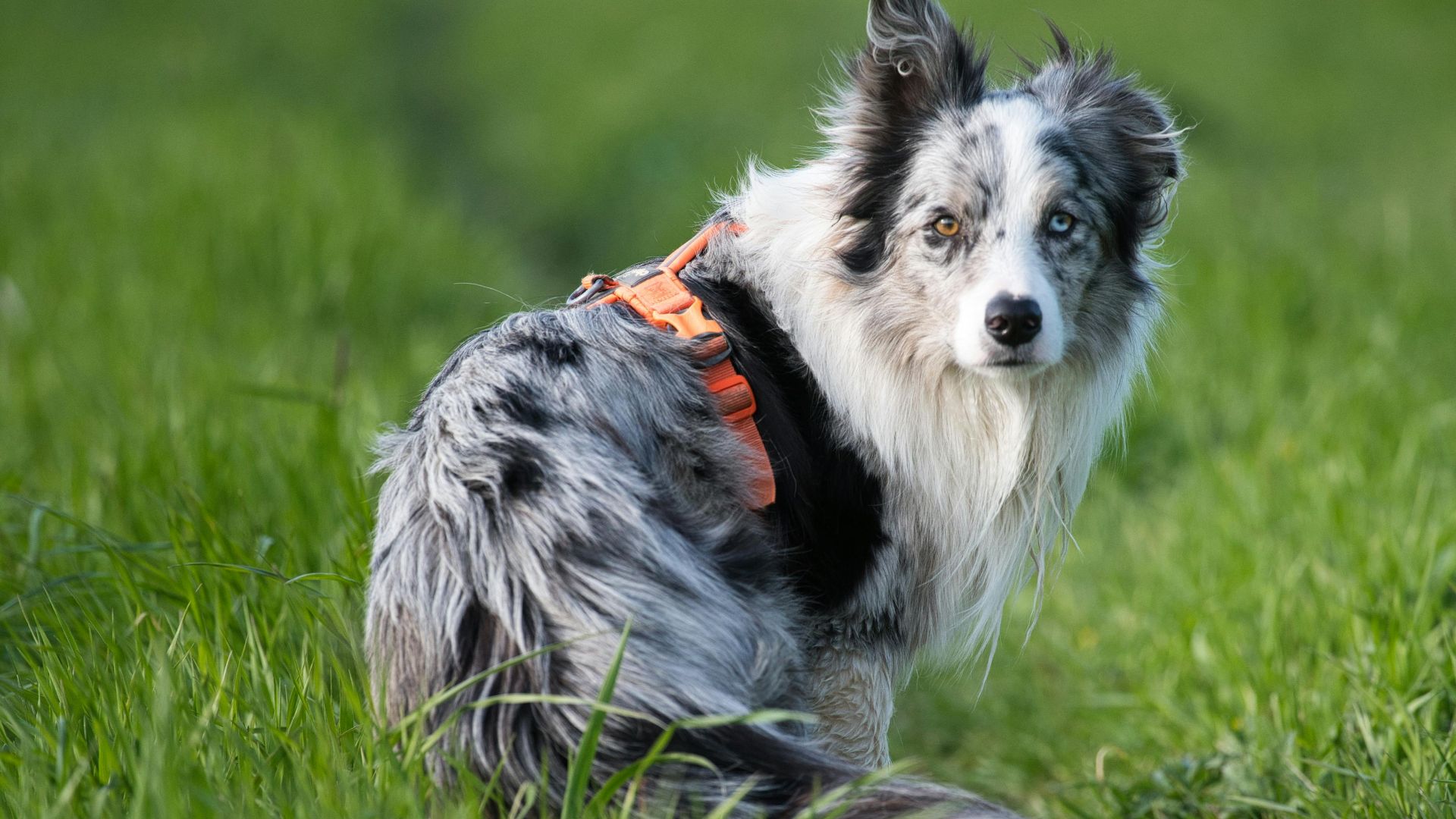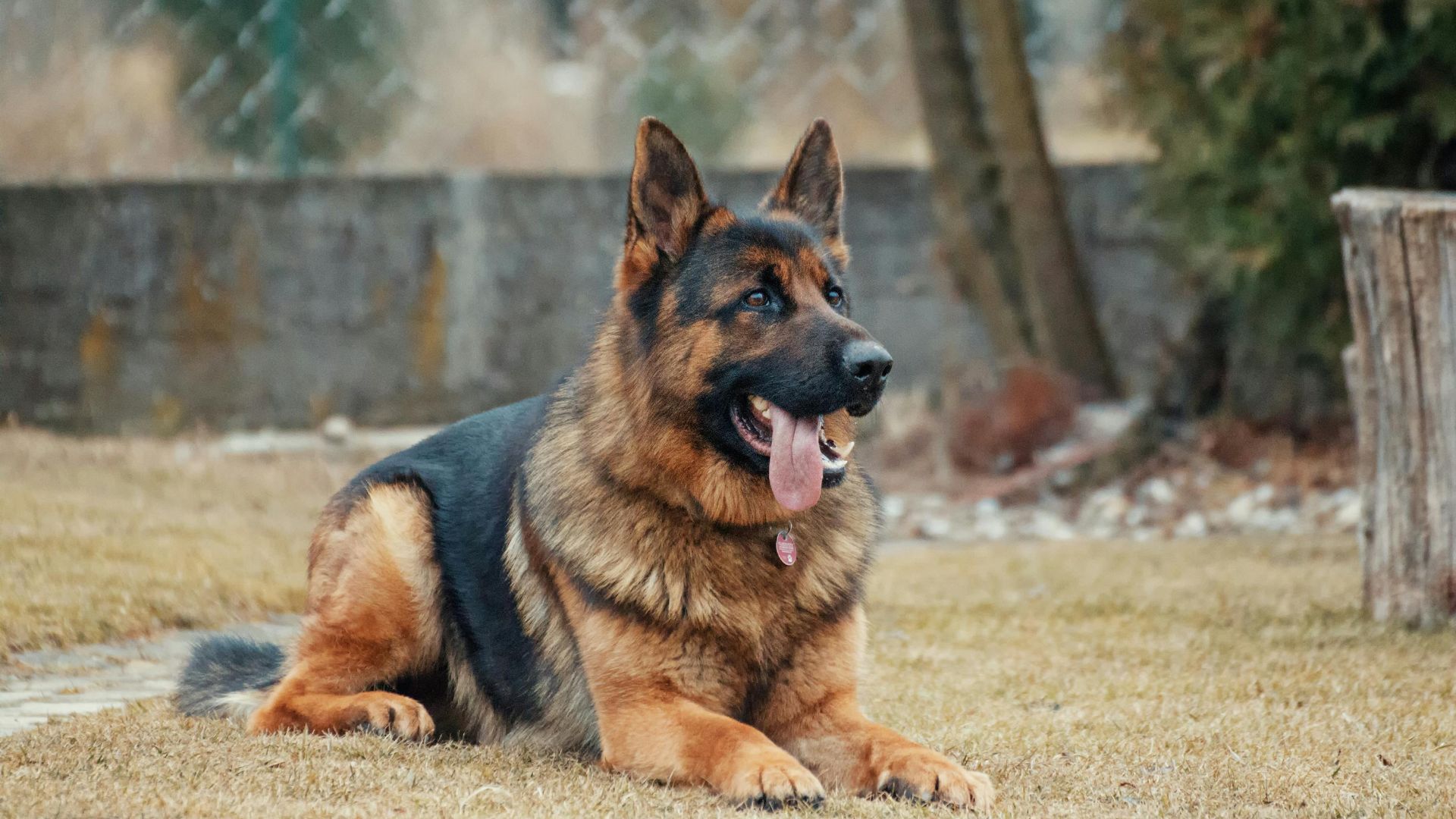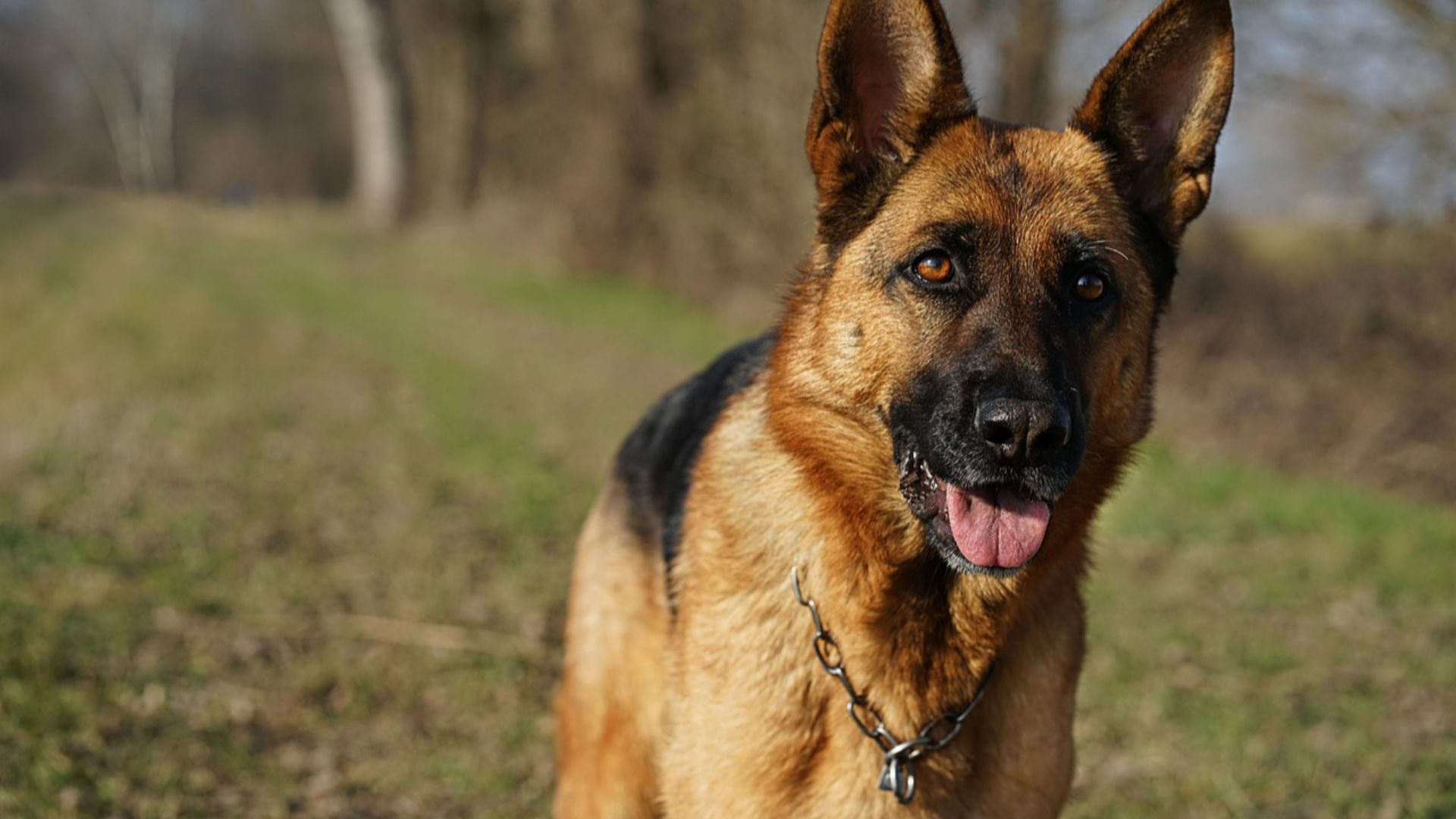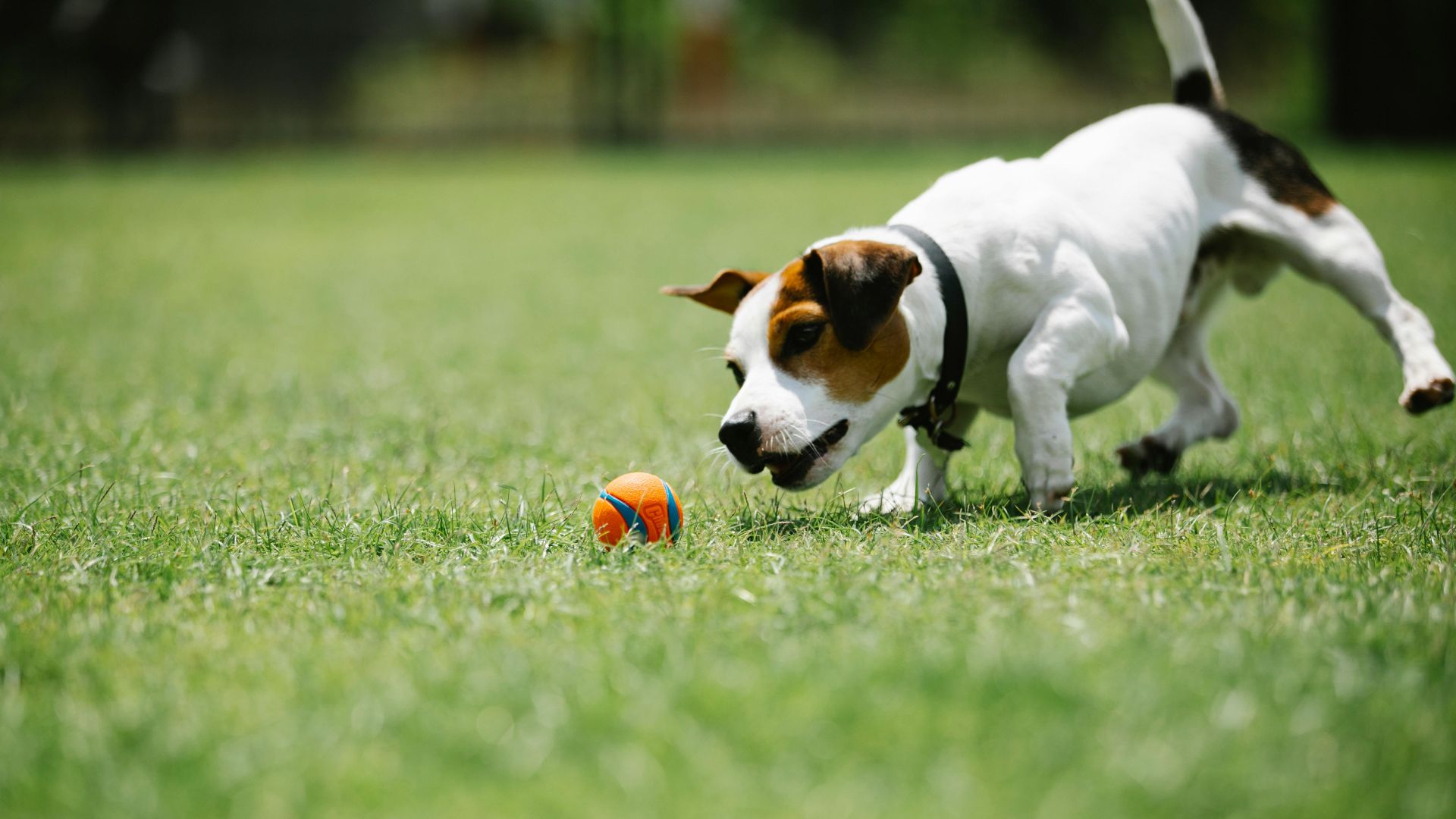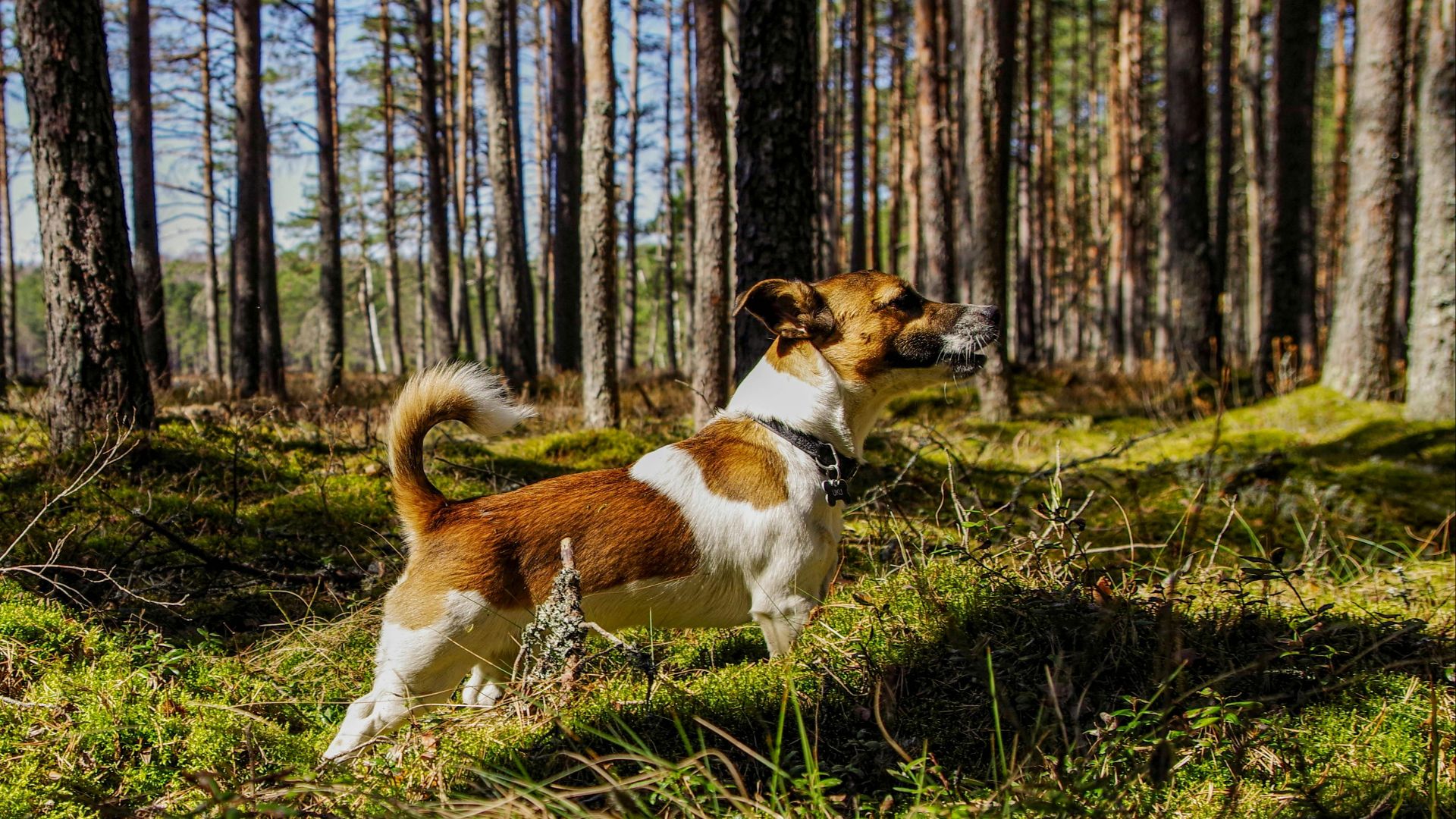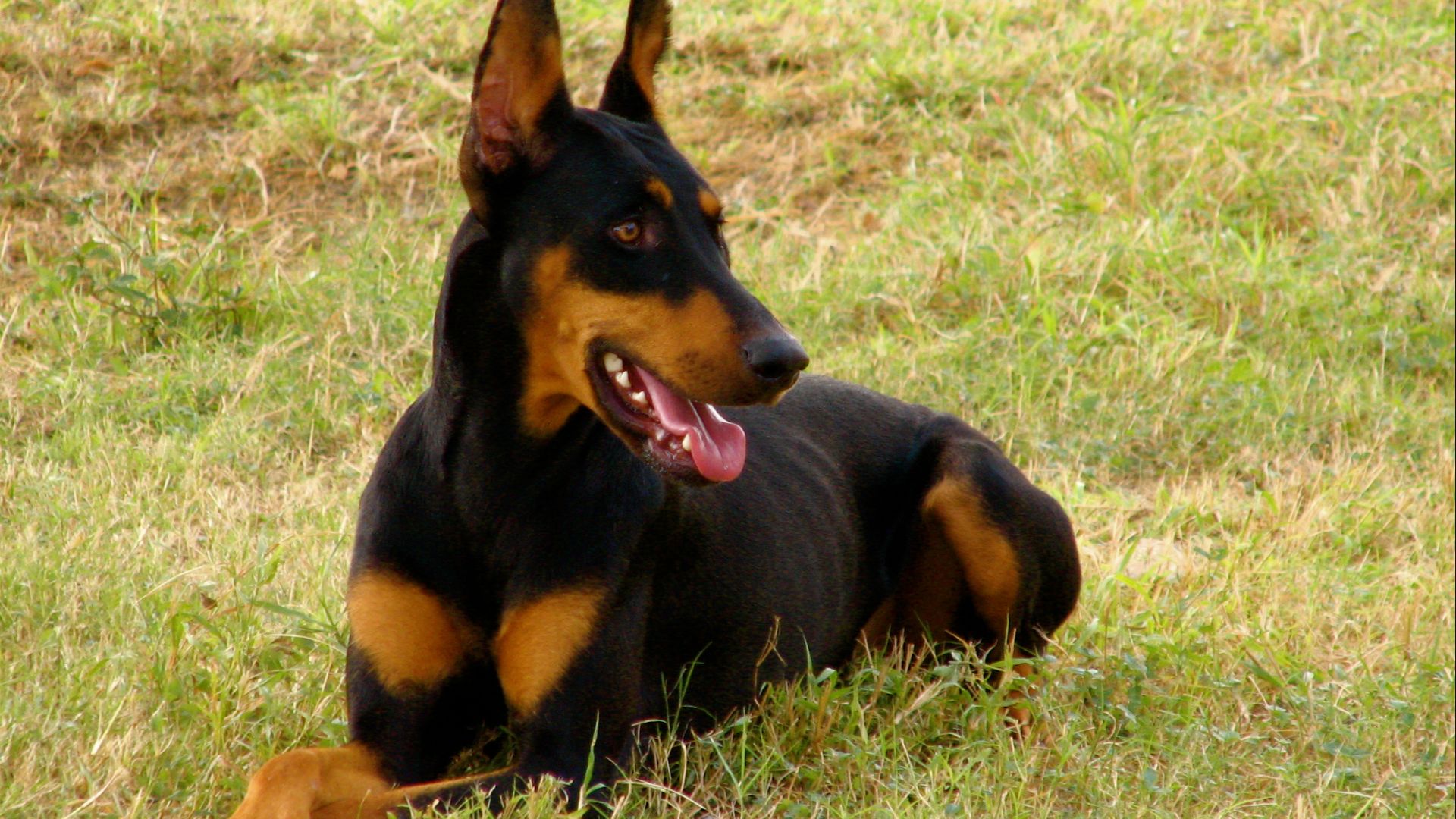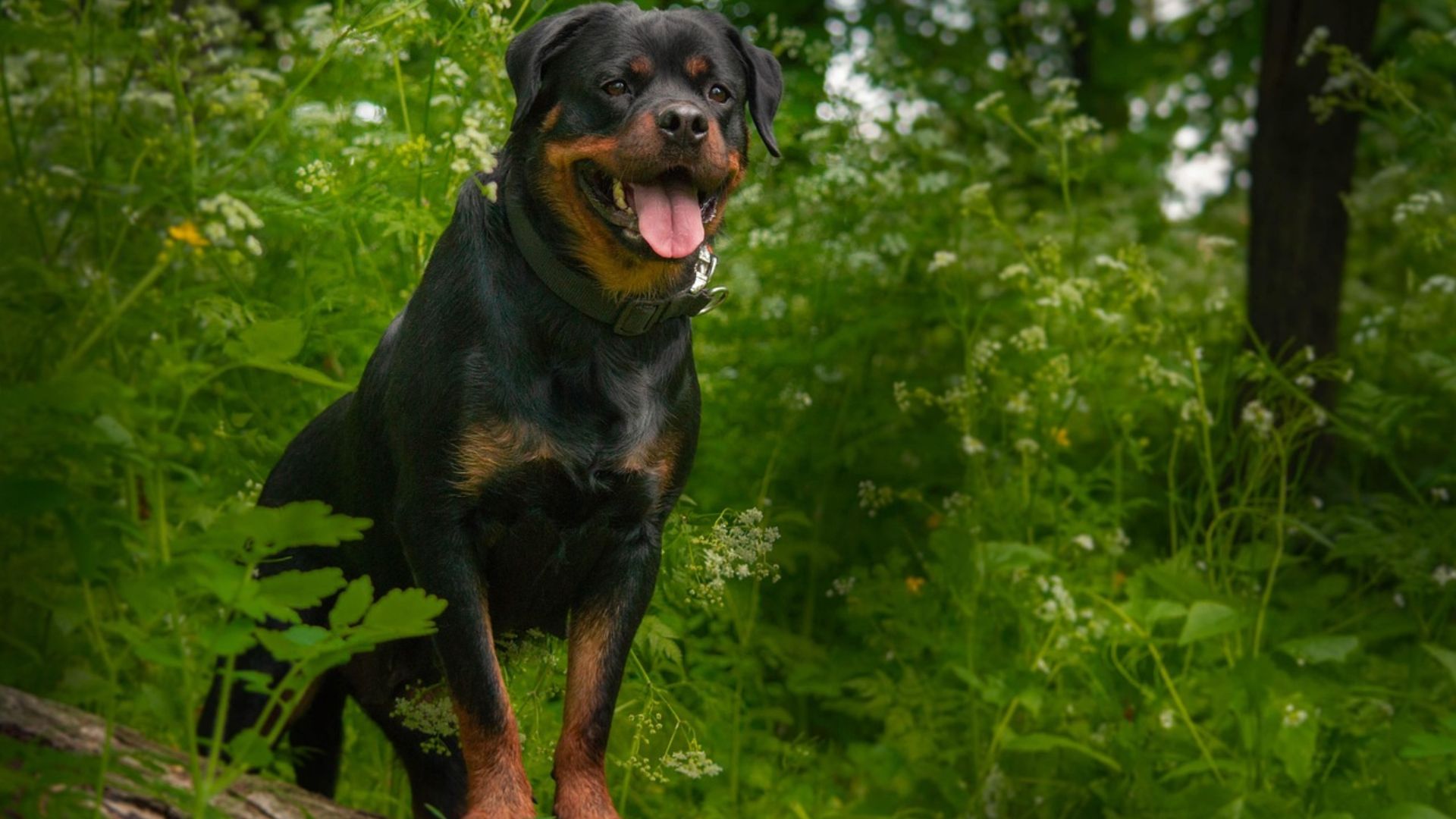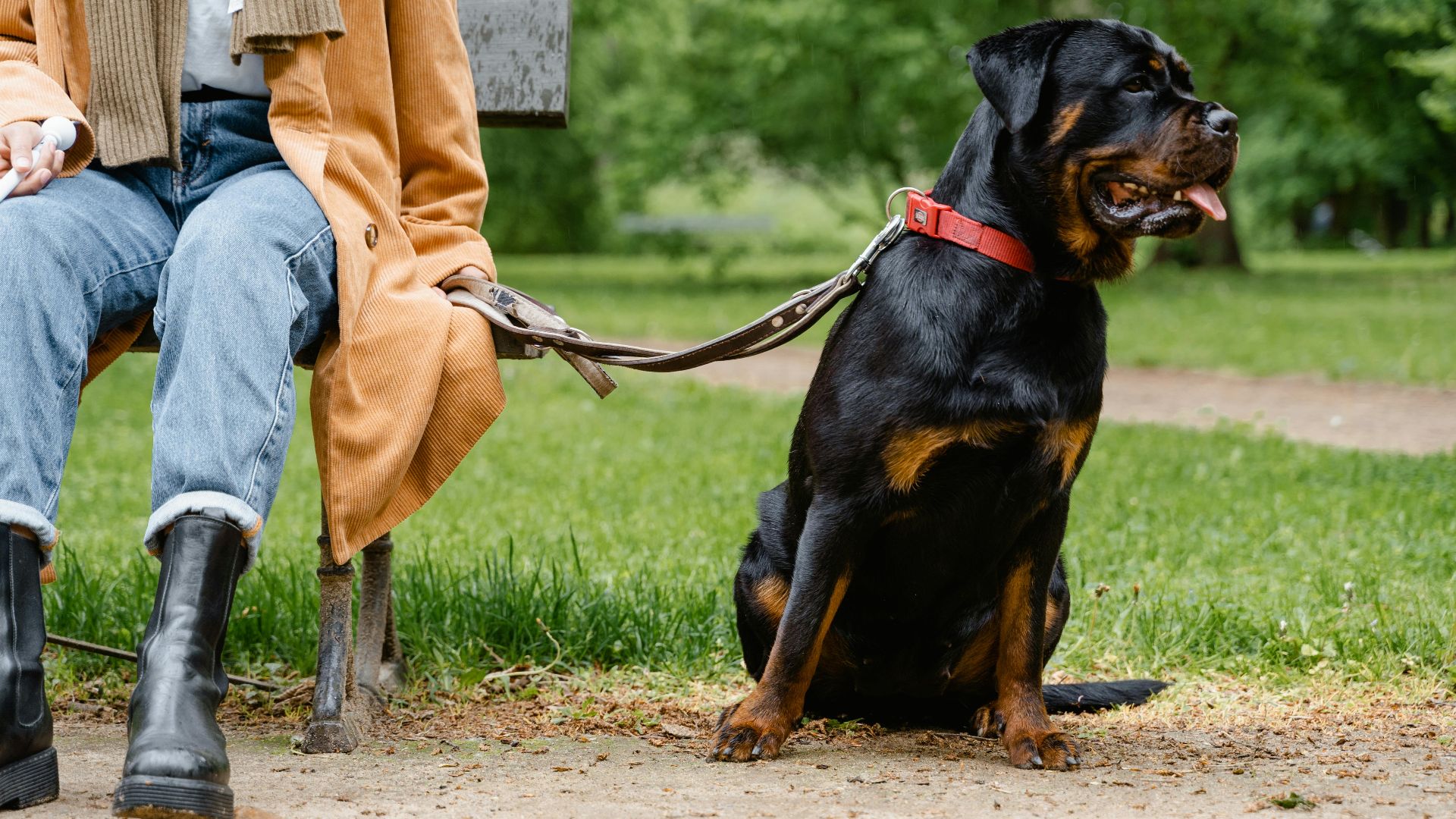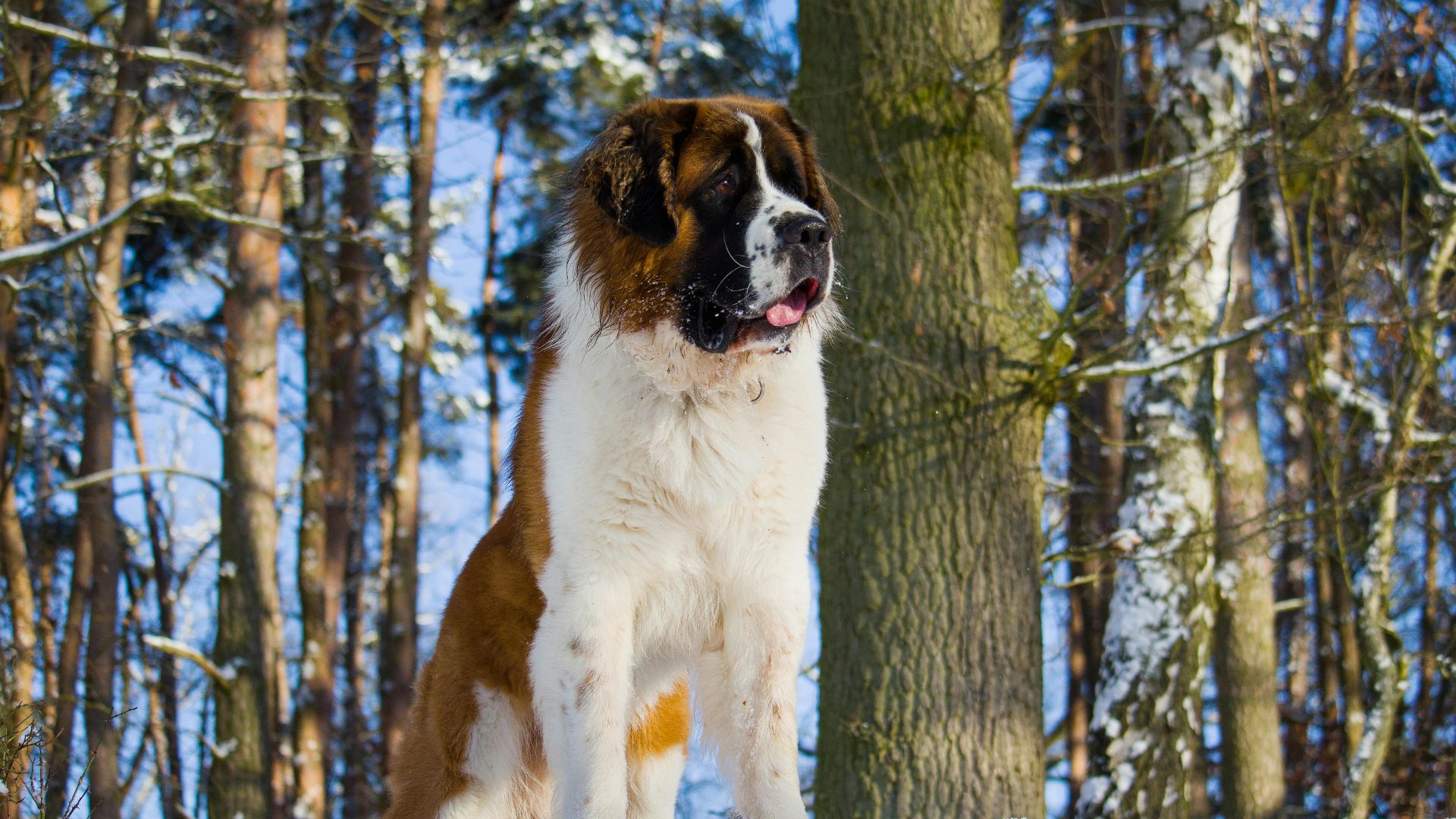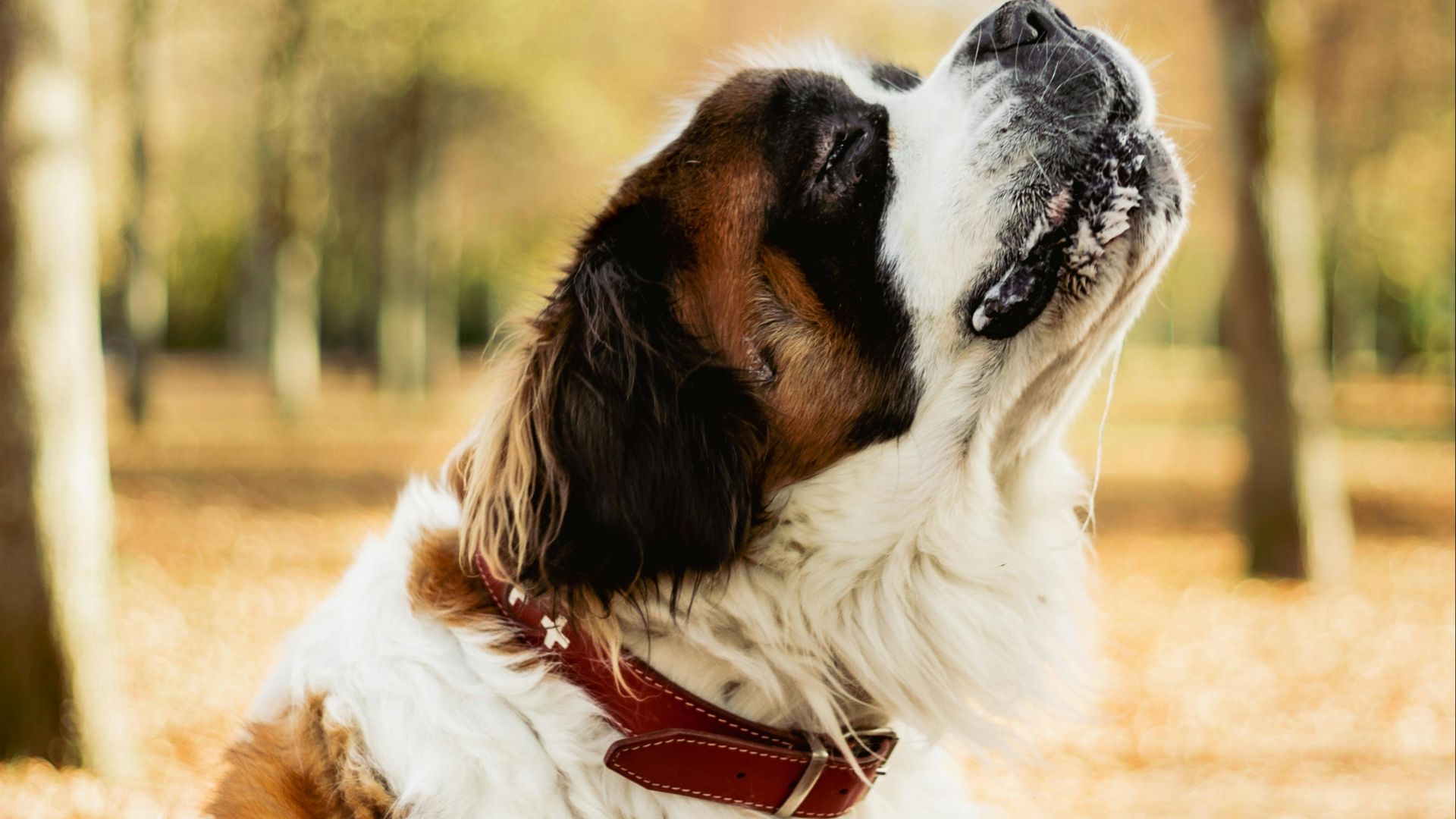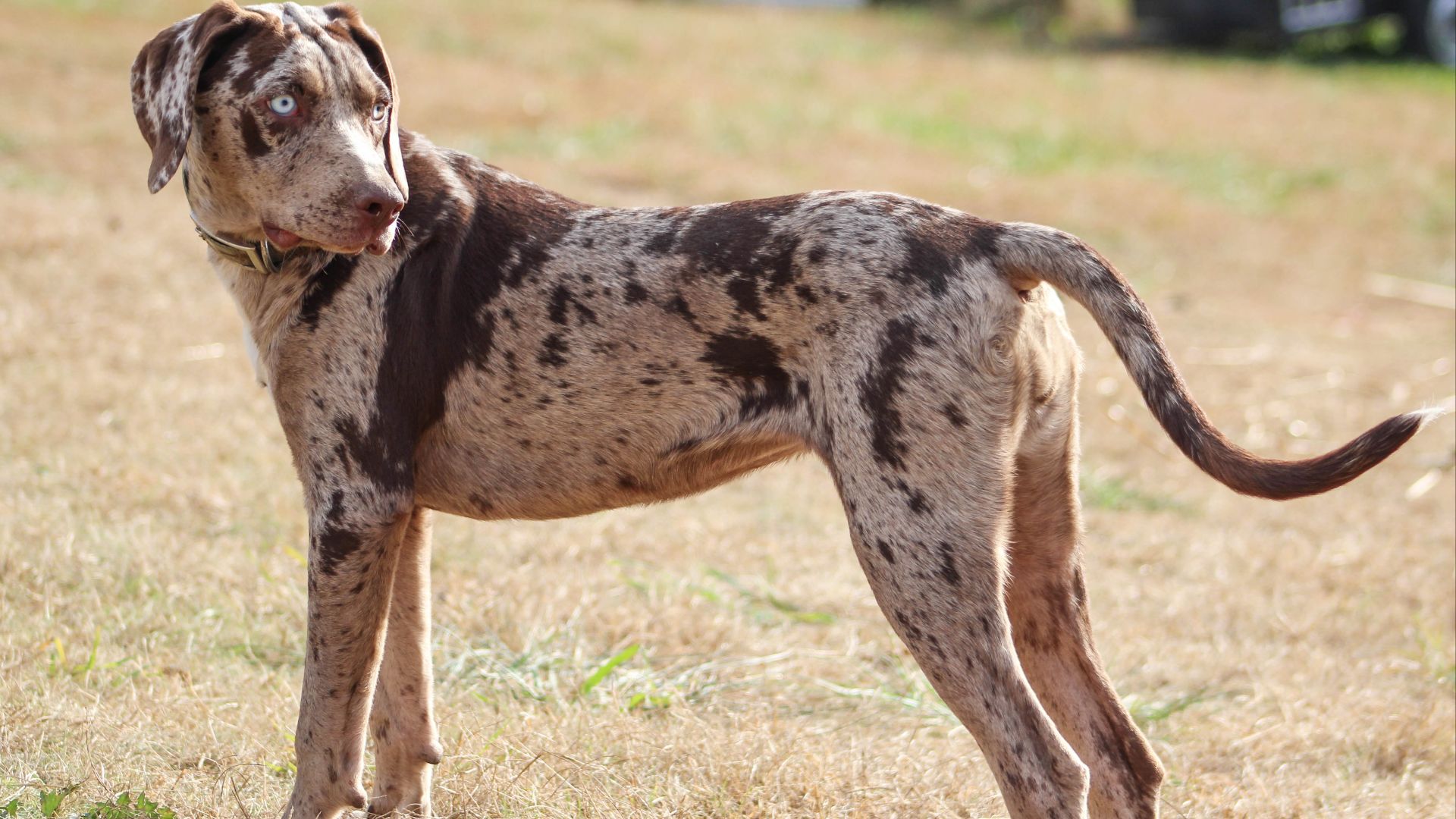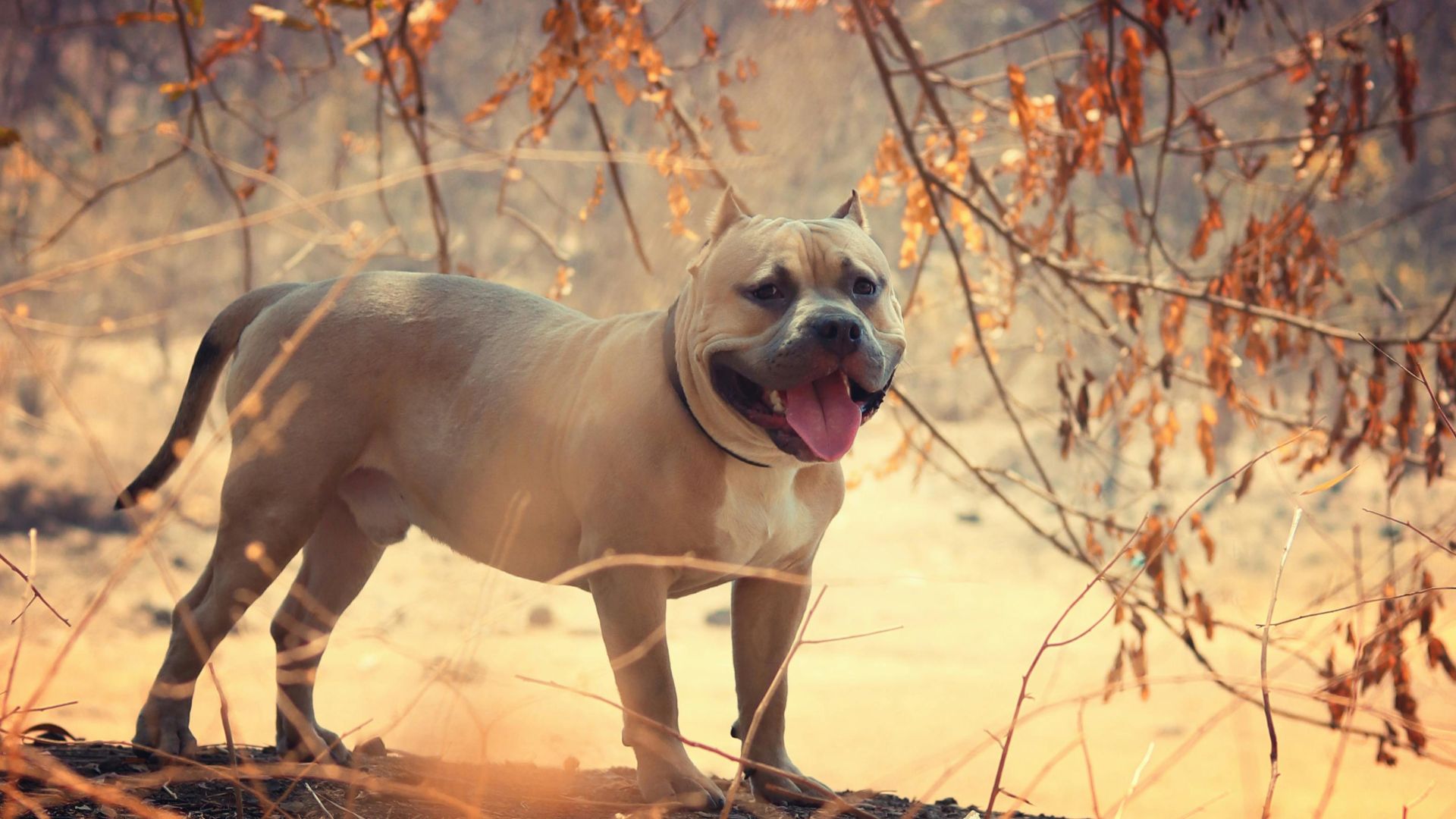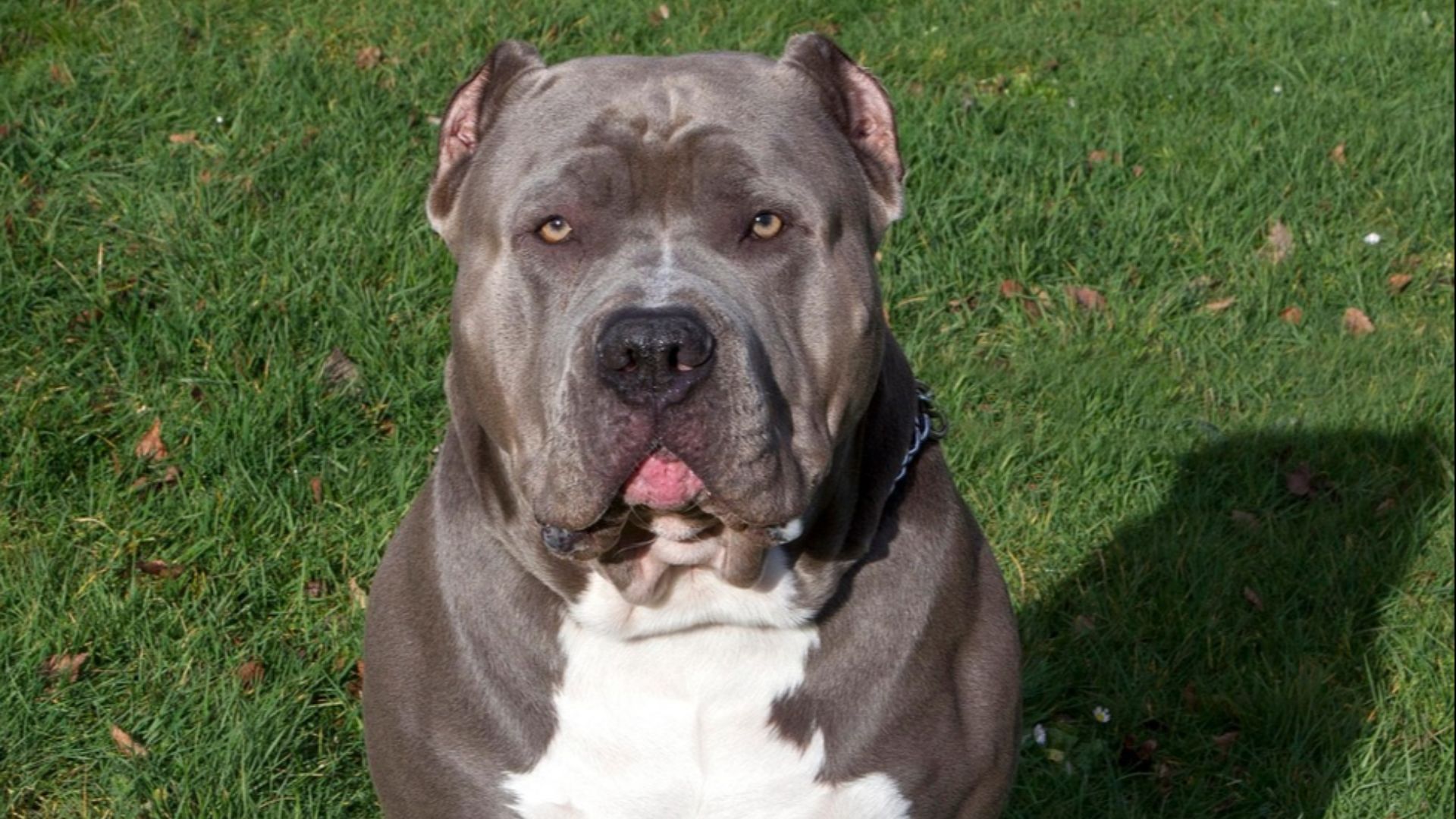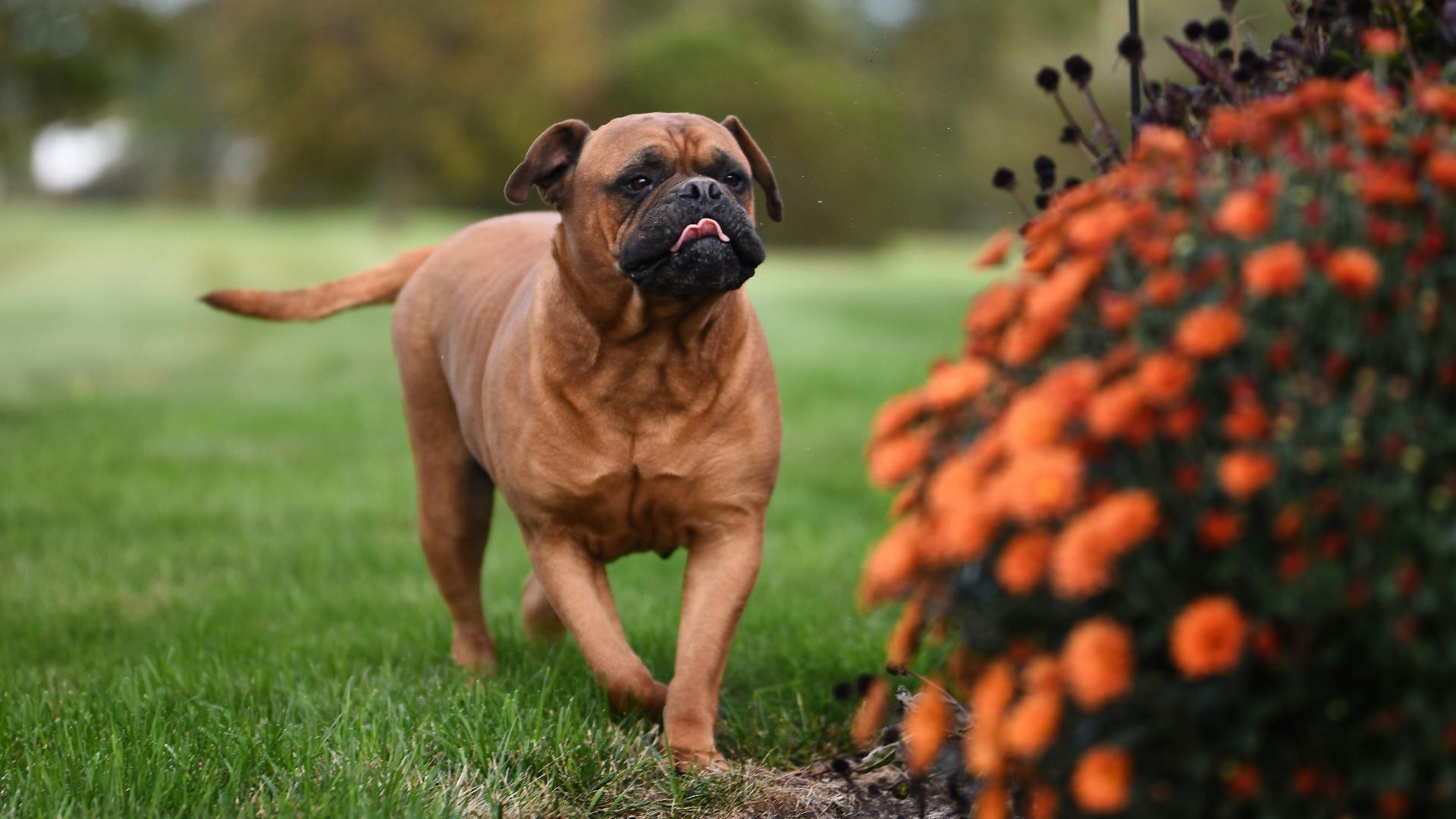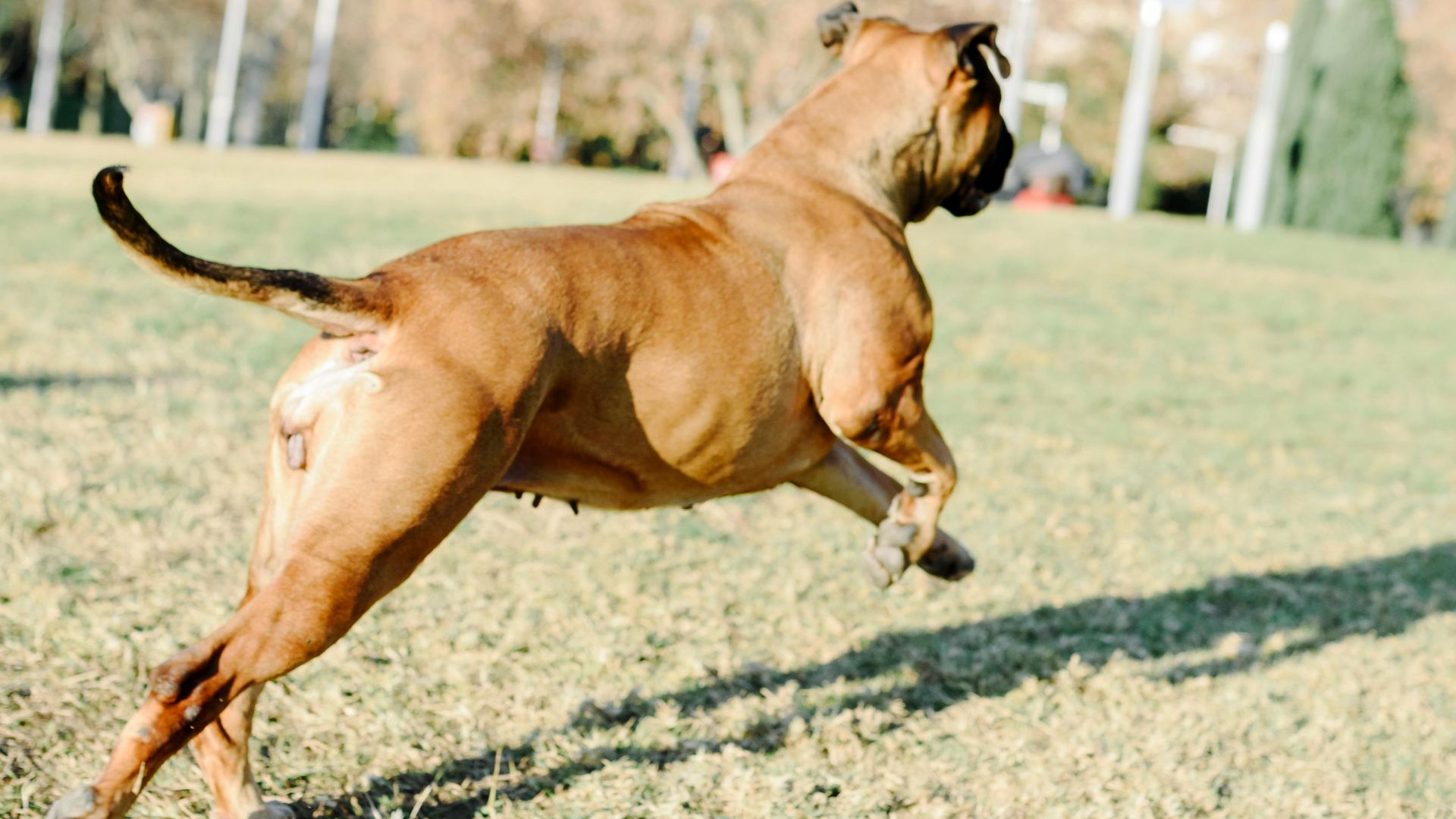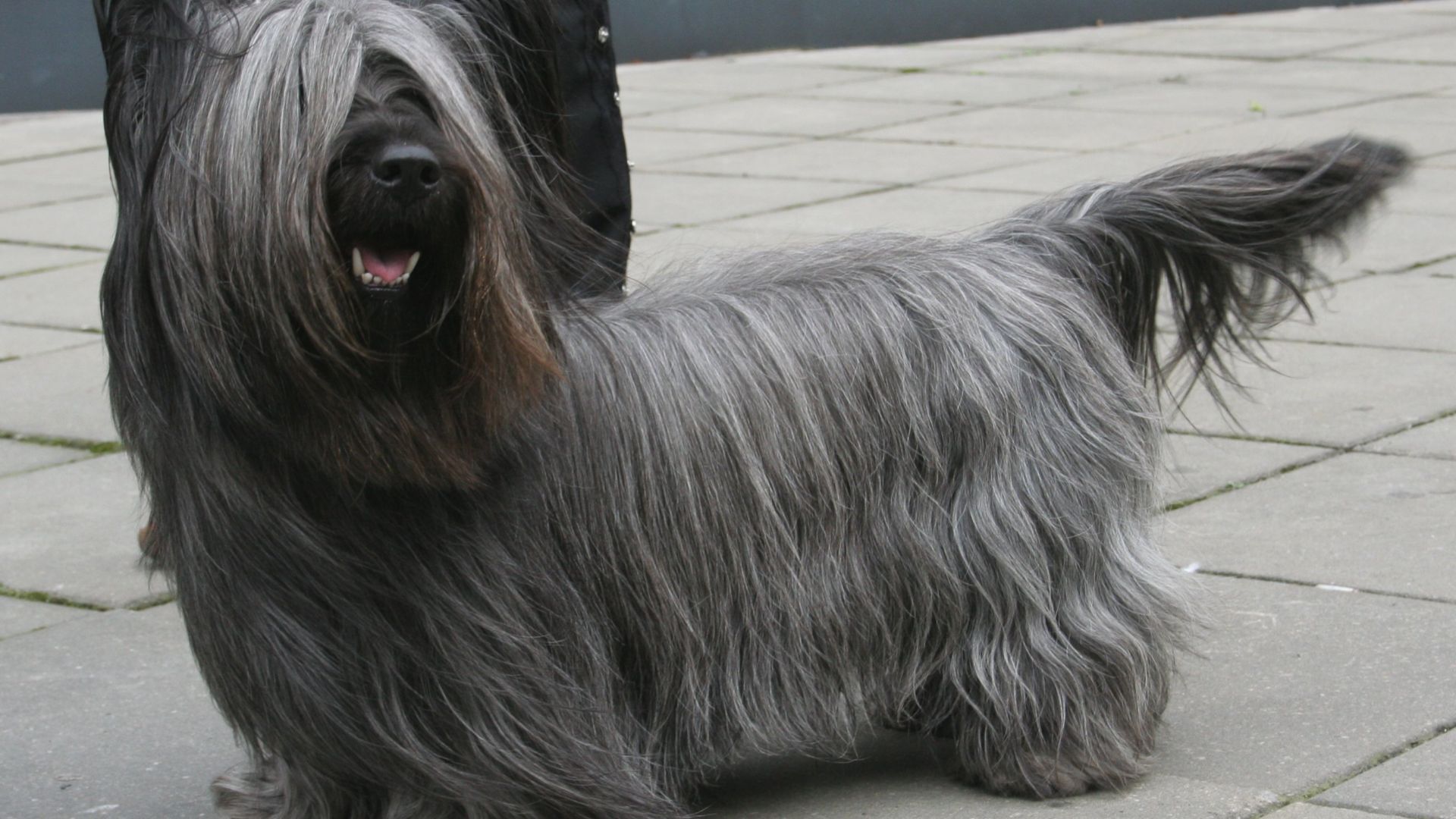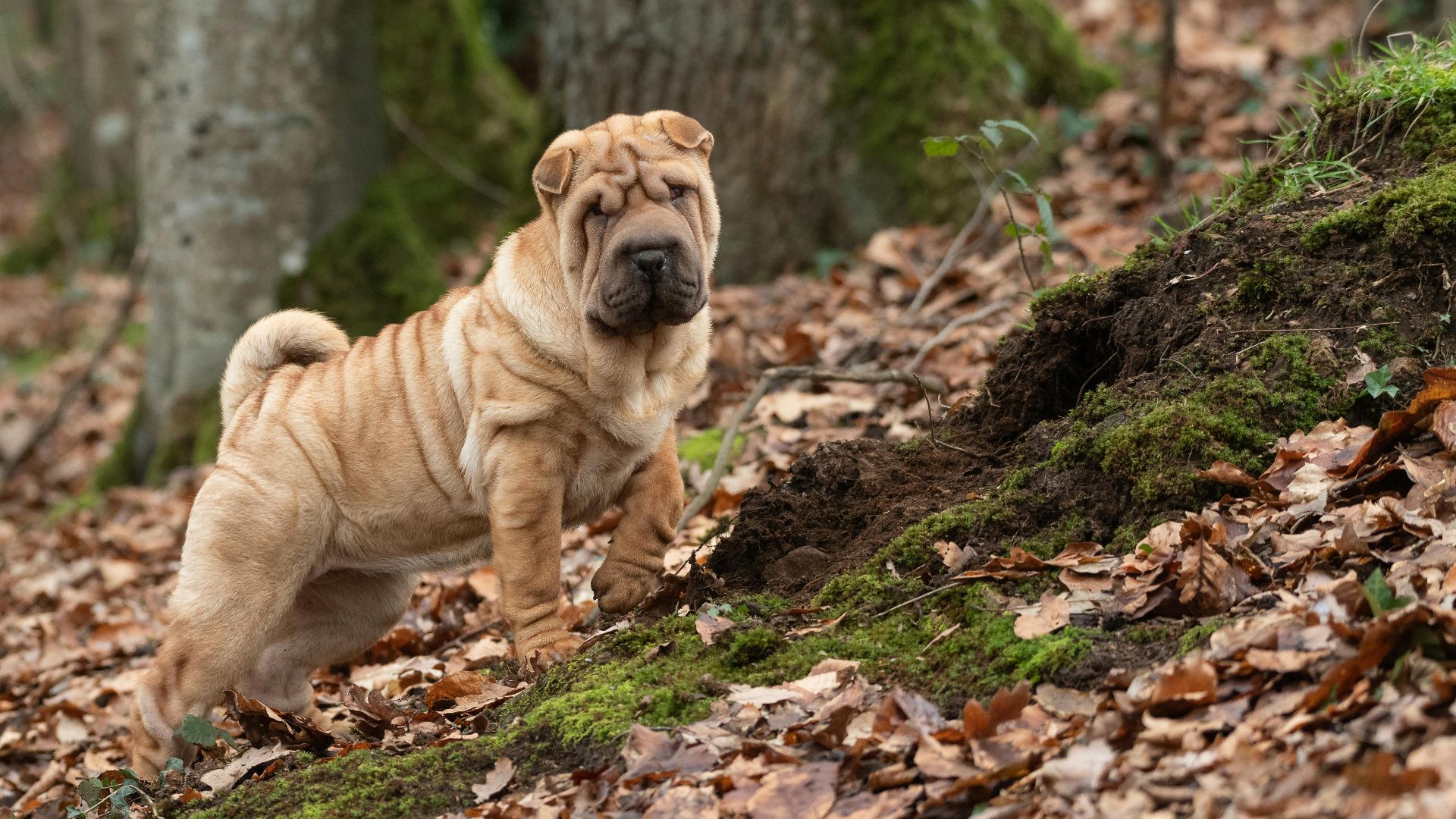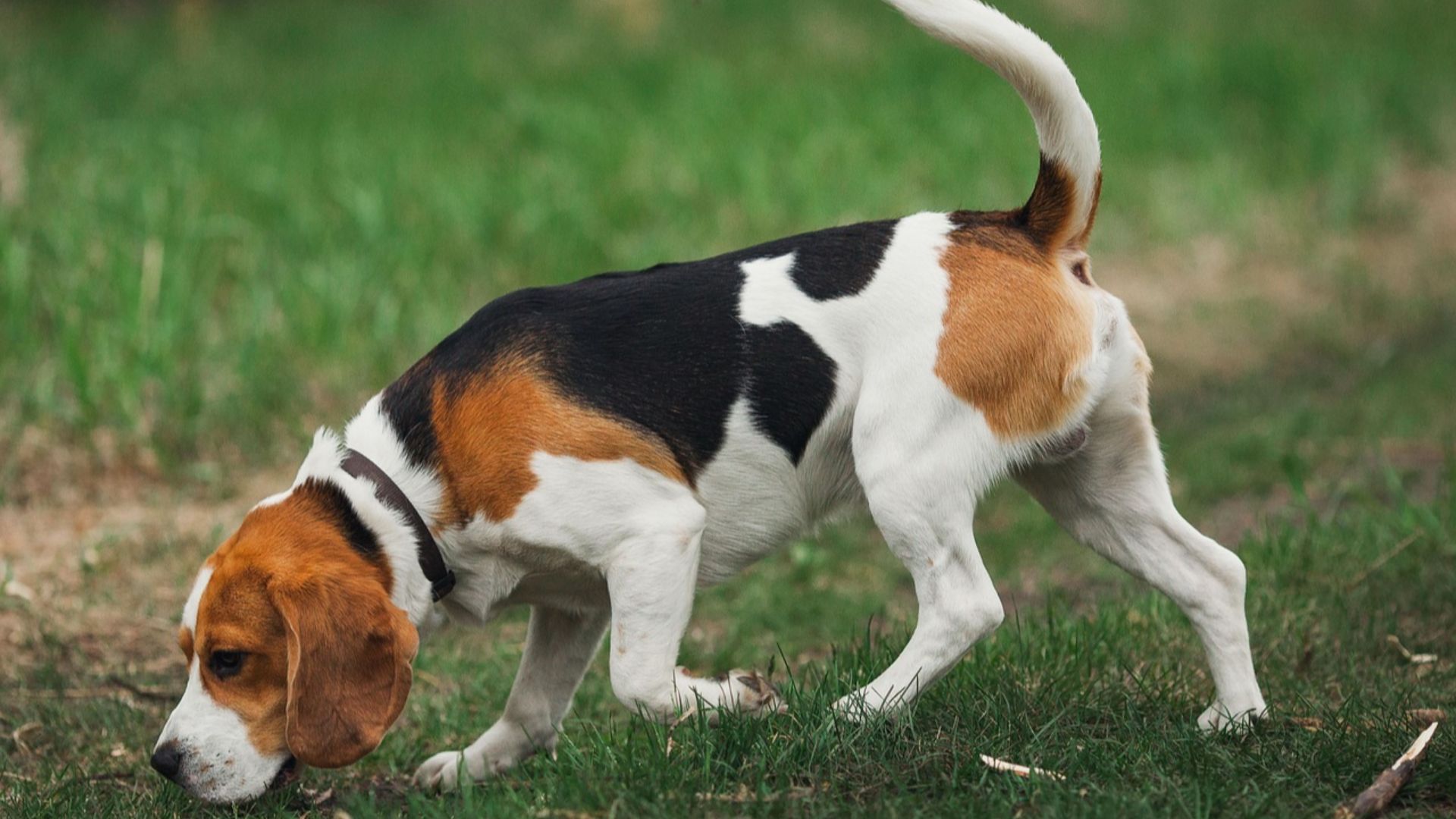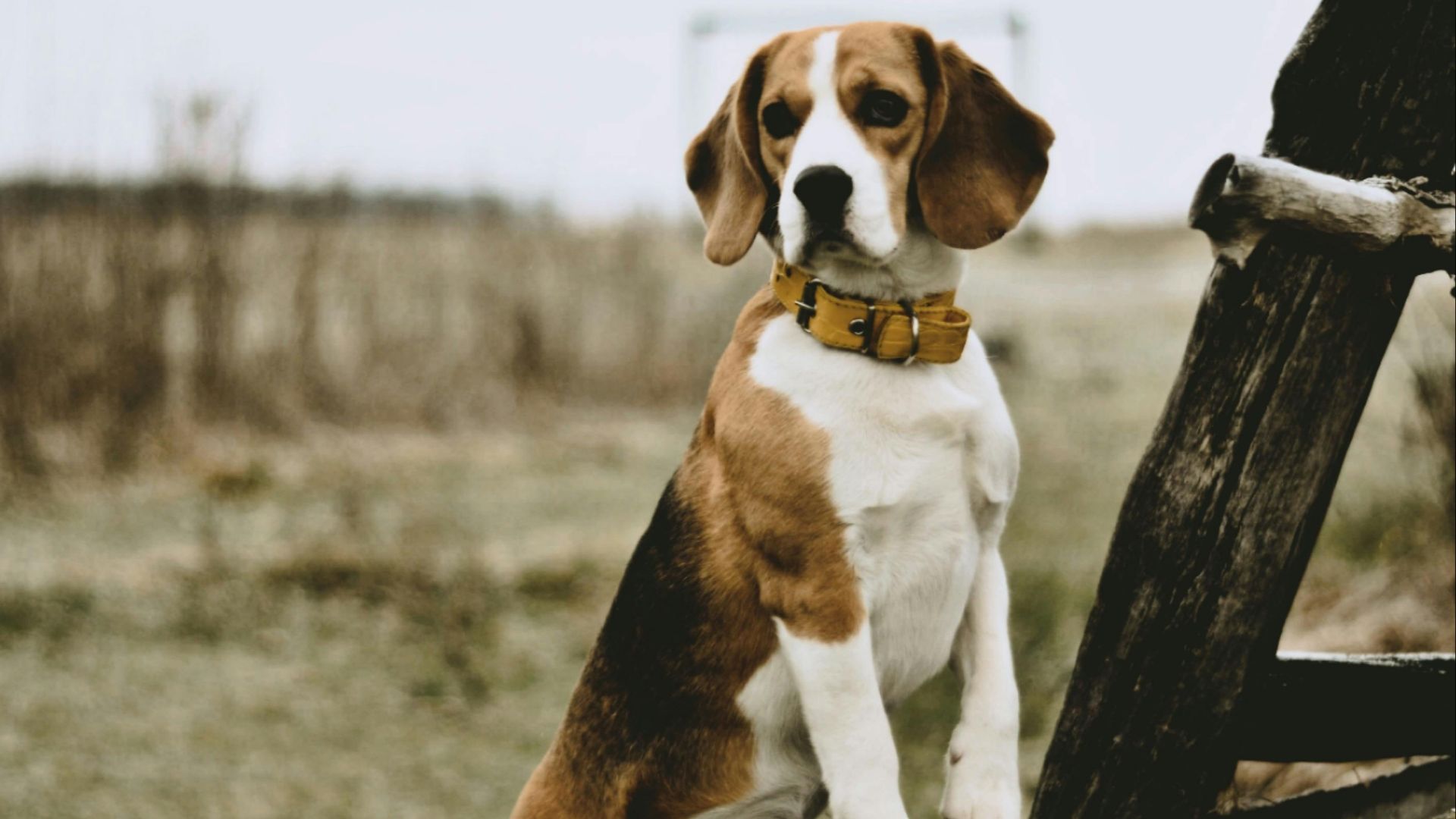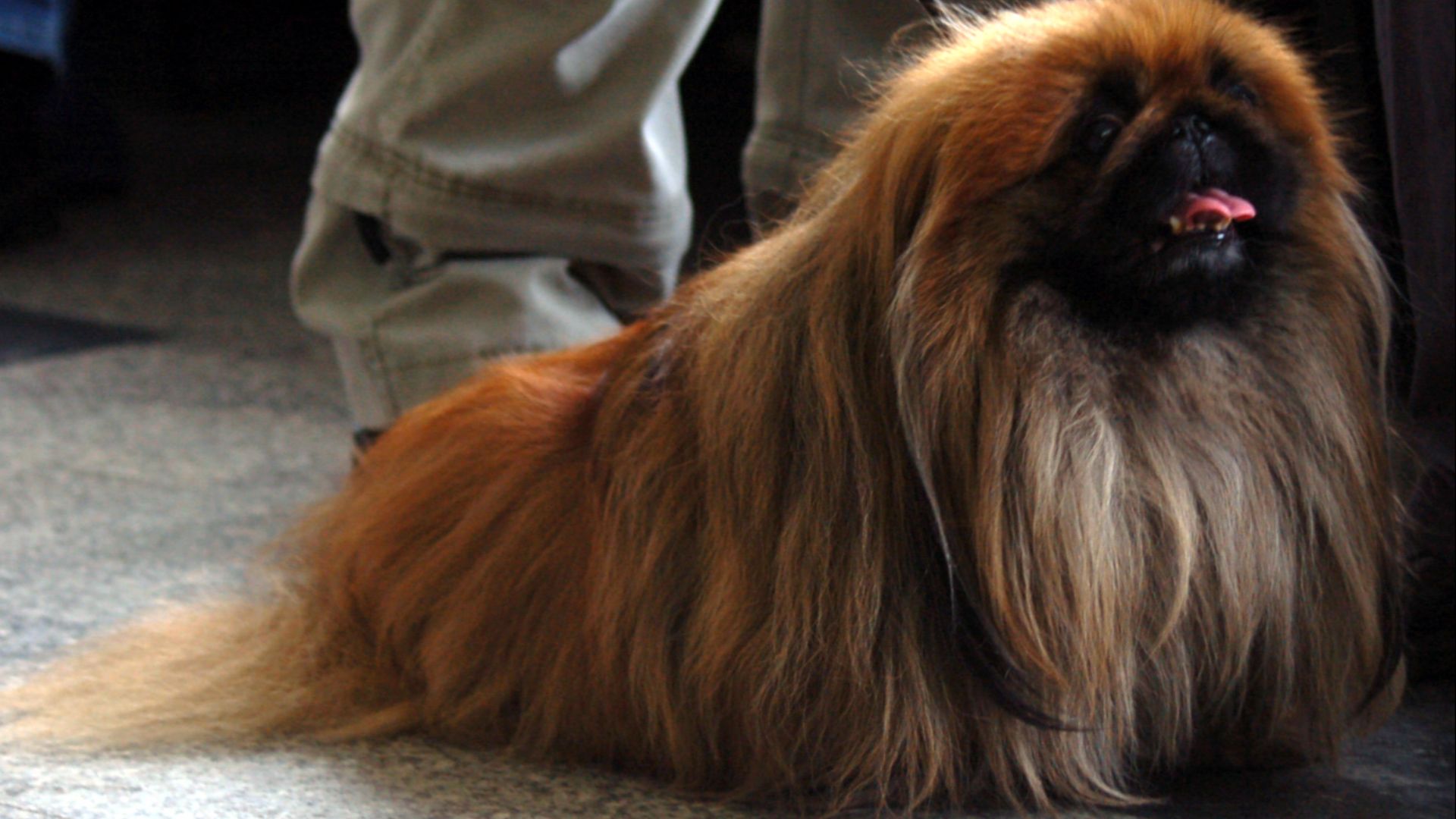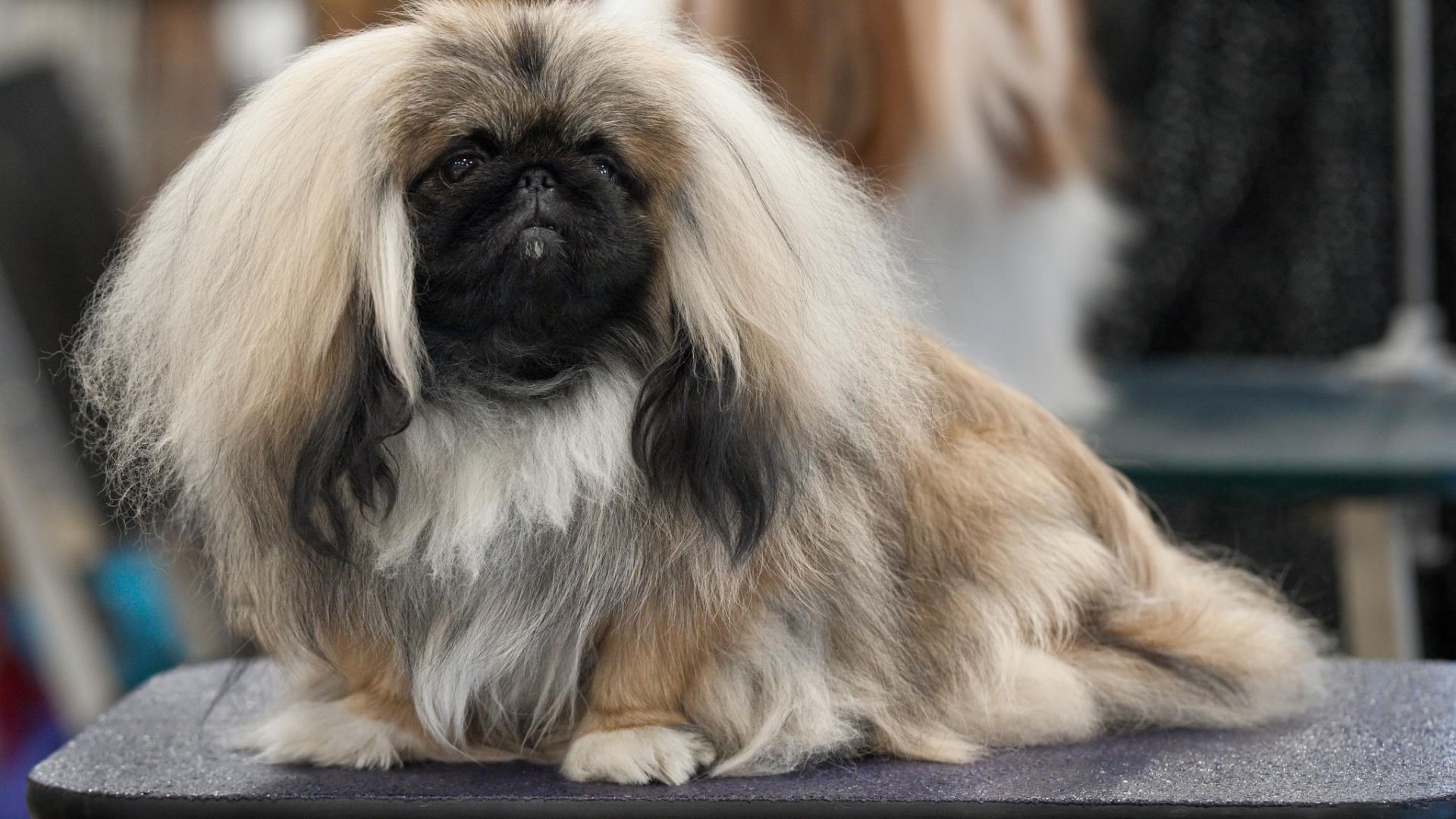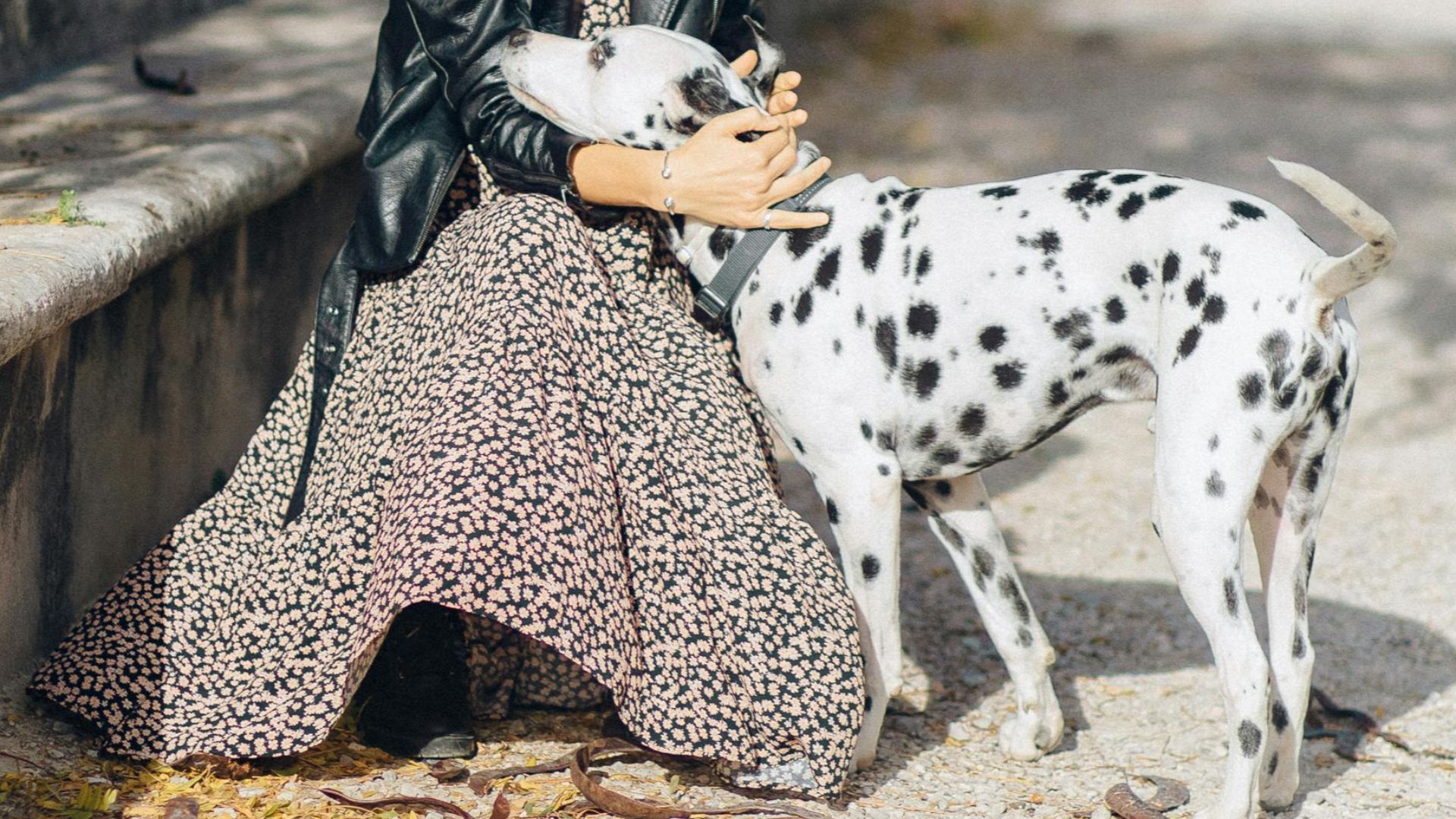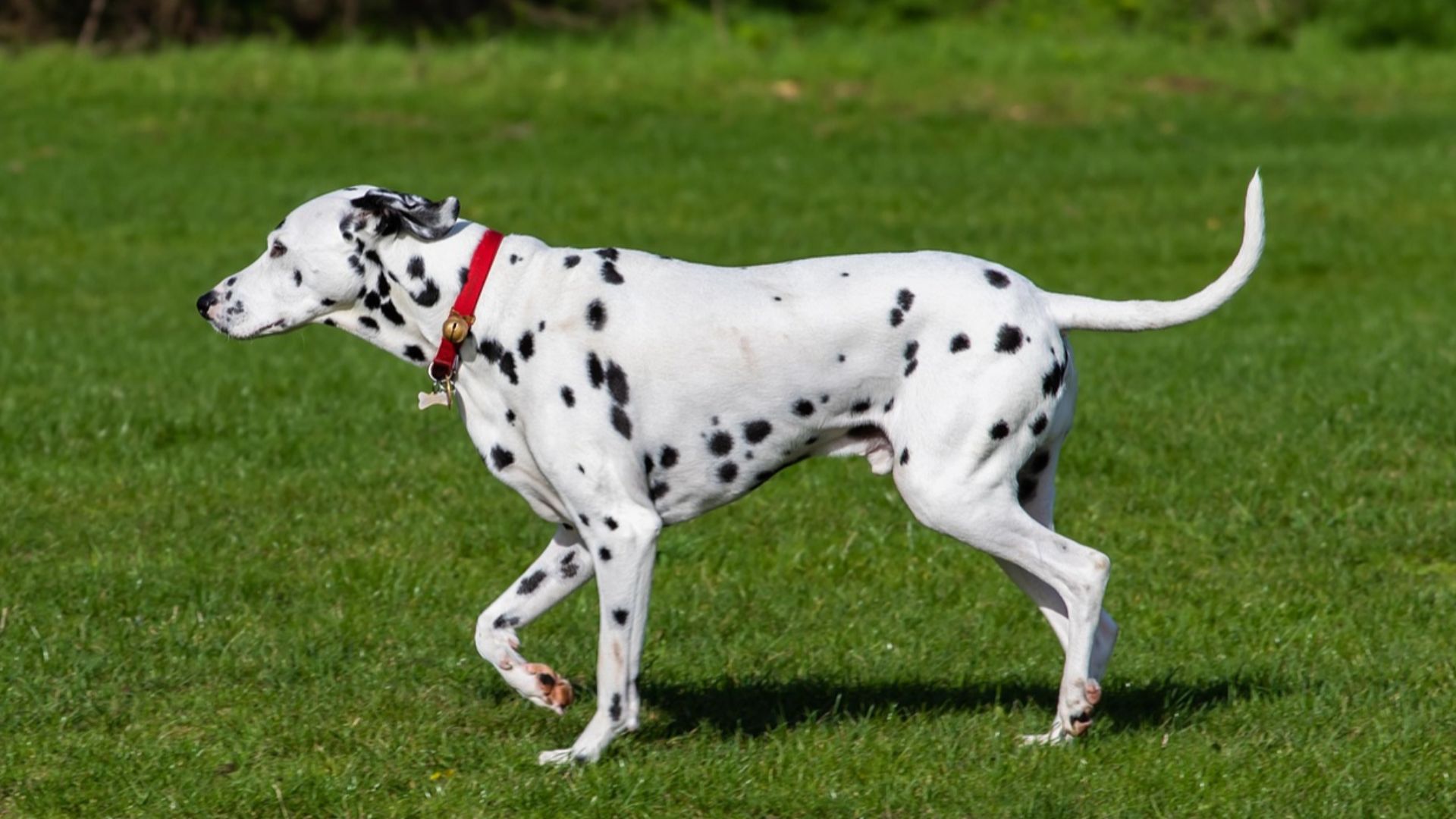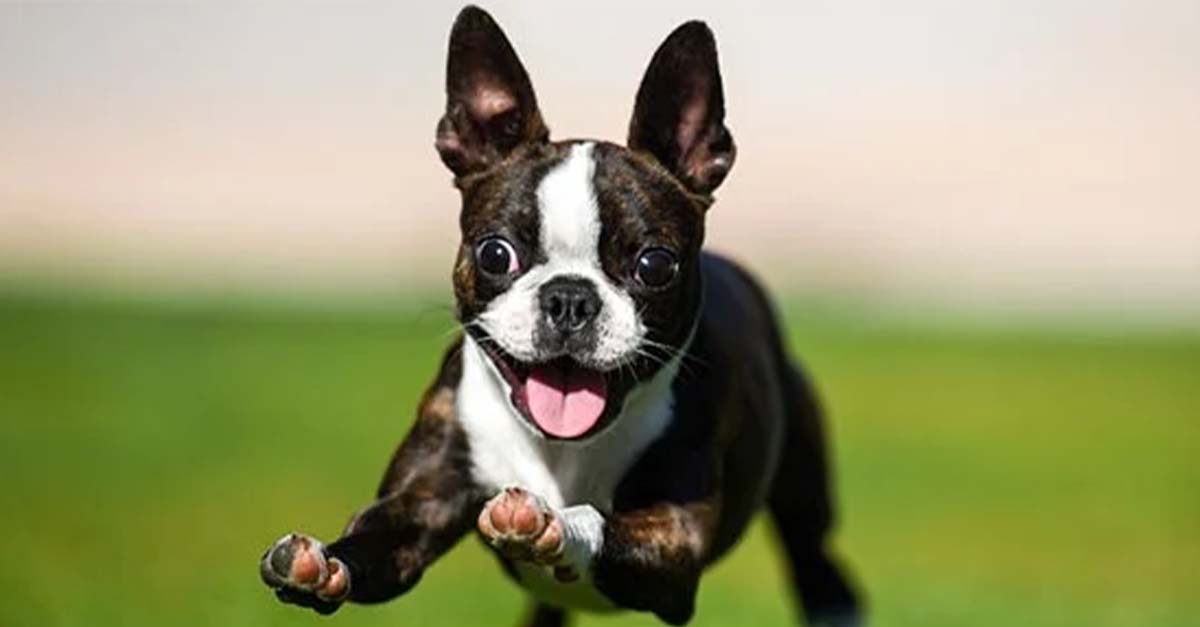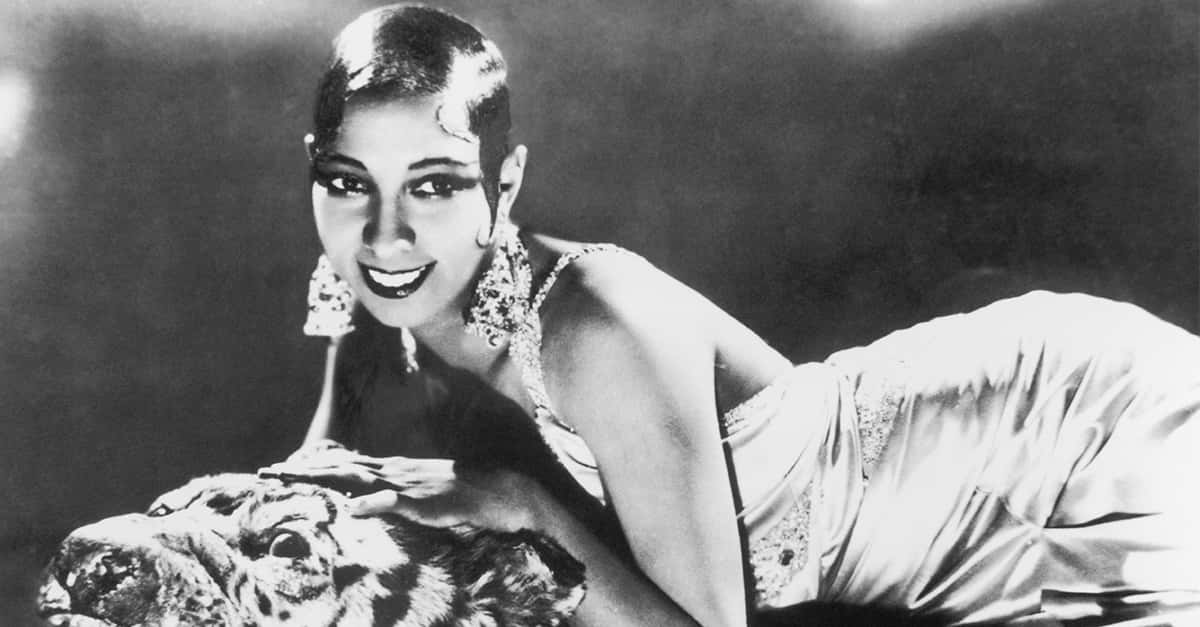Challenging Dog Breeds For First-Time Pet Owners
Taking on a pet of any kind is a big responsibility and dogs in particular can be high maintenance. Dogs thrive on routine and consistency, something that today’s more chaotic family environments may find challenging. Here are some breeds that are not recommended for first-time dog owners.
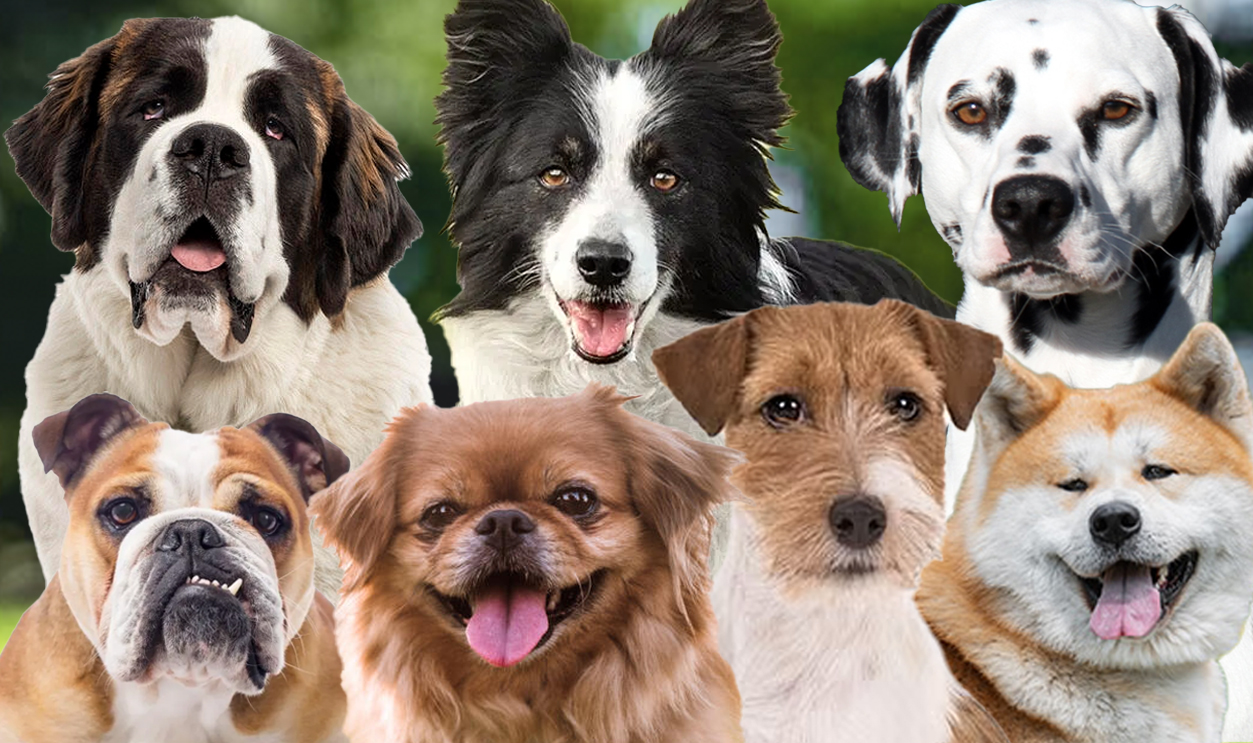
Chow Chow
Chow Chow’s are now known as big balls of fluff with an unusual blue-black tongue. They were actually bred as guard dogs and as such they can be quite aggressive around strangers.
Chow Chow
They require proper socialization and training as they can become naturally dominant. They are also known for their stubbornness. With training, they happily become part of the pack and are fiercely loyal to their owners.
Akita
Akitas are big and beautiful dogs, with gorgeous thick fur. Originally bred to hunt large game, that hunting instinct remains part of their characteristics. They were also used as guard dogs, which means they can be quite aggressive.
Akita
Their instincts for hunting and guarding make them very loyal but it also makes them overly territorial. This may cause problems for people coming to your home. Experience with aggressive dogs is important when considering an Akita.
Siberian Husky
Huskies are a classic snow dog, most suited to cold climates, and known as sled dogs. Surprisingly, Huskies are not genetically closer to wolves than other dogs (the closest breeds to their wolf ancestors are the Shiba Inu, Chow Chow, Akita, and Alaskan Malamute) but nevertheless, they can be very aggressive dogs.
Siberian Husky
One of their key characteristics is their tendency to try to escape their home and wander, proving to be potentially dangerous to other neighborhood animals. Huskies are energetic and need lots of outdoor time and exercise, and they are best suited to colder regions. They can be loud, both with yapping and howling, and their energy makes them difficult to handle.
Alaskan Malamute
Alaskan Malamutes are large dogs and have a great deal of energy. Bred as sled dogs, they are known to pull on their leashes, and given their size and strength, this could be a serious issue for children and adults who cannot handle such energetic behavior.
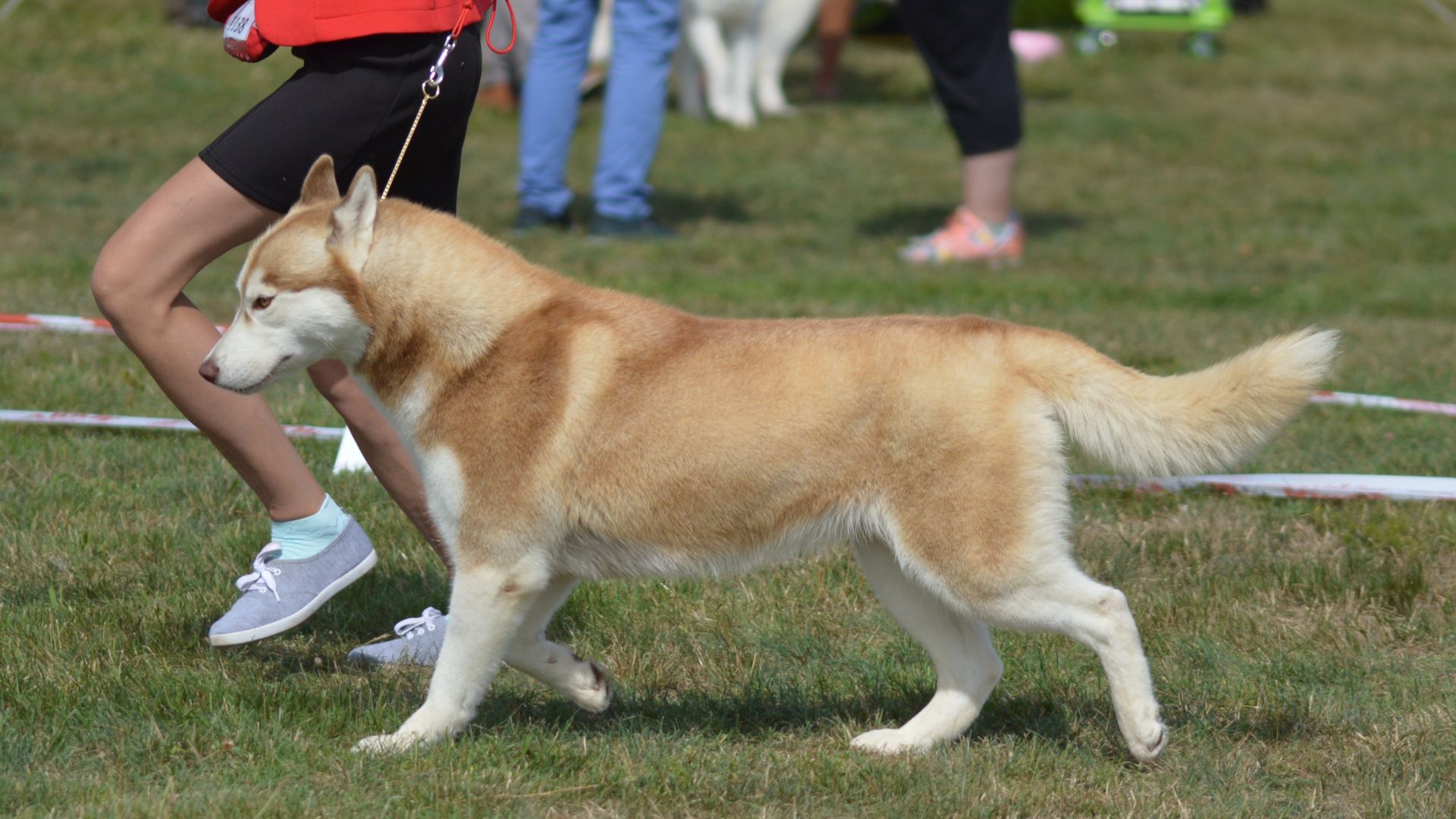 Wojciech Pędzich, Wikimedia Commons
Wojciech Pędzich, Wikimedia Commons
Alaskan Malamute
They also tend to run away and are very intelligent and capable of finding their way out of a yard. Naturally, Alaskan Malamutes thrive in cold weather, and as such they shed quite a bit. As outdoor dogs they are bred for strength and speed, require lots of exercise, and they can become bored quite easily.

History's most fascinating stories and darkest secrets, delivered to your inbox daily.
Australian Cattle Dog
Australian Cattle Dogs, as the name suggests, are bred for herding, which makes them intelligent and independent. As large working dogs, they require a great deal of exercise and outdoor time. An intelligent breed, they need to be mentally stimulated and are prone to boredom and as such can create a great deal of chaos.
Belgian Malinois
The Belgian Malinois is a breed of Belgian shepherd. Like many dogs on this list, they are highly intelligent, full of energy, and can become destructive when bored. They require a great deal of constant attention, stimulation, and exercise.
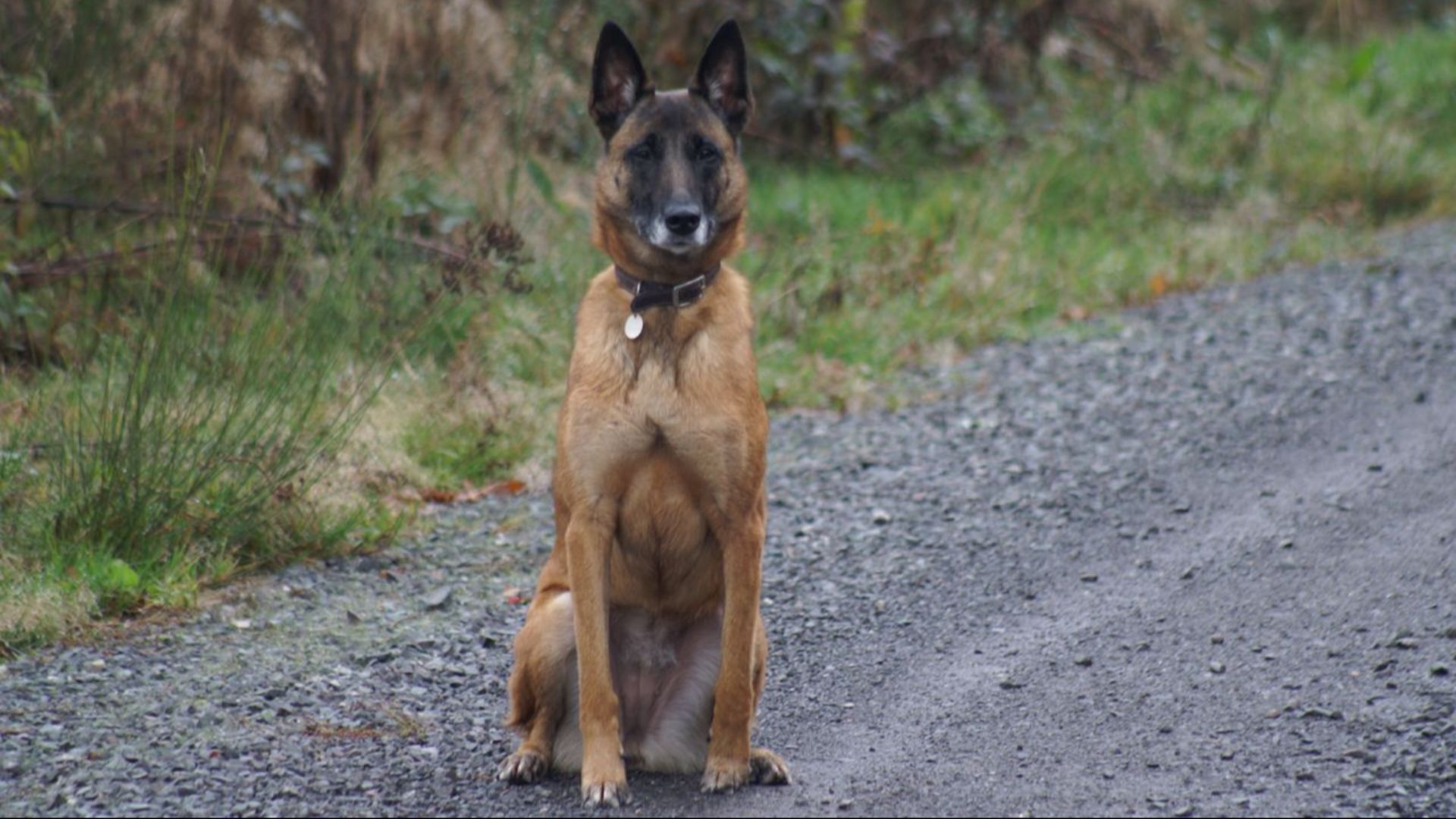 Flickr user jolisoleil, Wikimedia Commons
Flickr user jolisoleil, Wikimedia Commons
Belgian Malinois
As shepherds, they are strong and independent (although, like all dogs, they thrive in a communal and hierarchical environment). Belgian Malinois can easily overpower a human and as such they are a popular breed in K-9 units and security. Their instinct is to guard and protect, making them potentially dangerous to strangers.
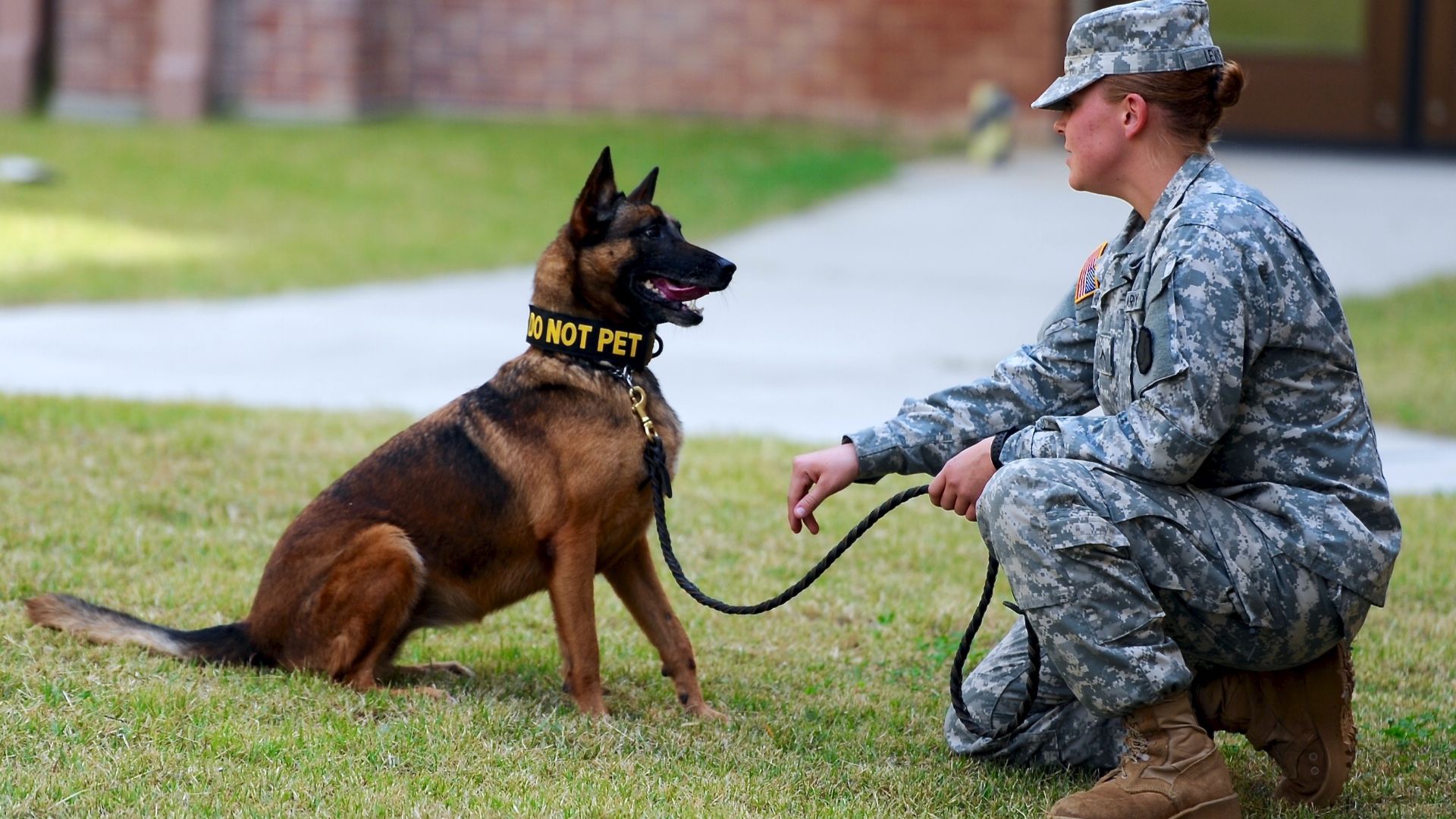 USAG- Humphreys, Wikimedia Commons
USAG- Humphreys, Wikimedia Commons
Border Collie
Prized as one of the most intelligent breeds of dogs, Border Collies were bred to herd livestock. Like all herders, they are loyal guards but are very independent-minded. They need to constantly move and work, and require lots of outdoor time and exercise.
Border Collie
Border Collies, despite their independent spirit, are still dogs and they require socialization, whether with other dogs or the human members of their pack. With their sharp herding instincts, Border Collies are known to bite at the heels of children (who they see as in need of “herding”), but they will also chase bikes and cars if let loose.
German Shepherd
German Shepherds are renowned for their intelligence and loyalty. Being intelligent means they require a great deal of stimulation. If they are not properly trained, they can be aggressive to outsiders.
German Shepherd
As natural “guards”, they can appear menacing in their stance and facial expressions, which could be difficult when strangers approach. They also have some inherent health issues that need to be taken into consideration; prone to hip dysplasia, arthritis, and degenerative myelopathy (a progressive neurological disease affecting the spinal cord in dogs), this may impact their comfort and mobility as they age.
Jack Russell Terrier
This extremely popular breed is often mistaken for a lap dog. Their demeanor can be hyper, and they are extremely smart and energetic with a strong drive to hunt.
Jack Russell Terrier
Jack Russell Terriers can be disruptive, especially with their constant barking. They also like to dig and will do so relentlessly. They’ve been known to pick fights and are easily bored, and they require a great deal of training.
Doberman Pinscher
These classic guard dogs are naturally protective. This means they’re loyal but also quite aggressive with strangers. They need lots of socialization and training for them to be comfortable with anyone outside their home pack.
Rottweiler
You don’t need to be told that Rottweilers were bred as guard dogs; their large frames and fierce appearance make them suited to the task. Likewise, their instincts to guard can make them very aggressive to strangers if not trained properly.
Rottweiler
They will usually become particularly loyal to one dominant human, making them difficult to control for others within the family. Like all large dogs, they can easily overpower human adults and if not trained properly, can be dangerous around children and other pets. They need to be socialized and trained with firm boundaries.
Saint Bernard
One of the largest dog breeds, Saint Bernards present unique challenges to their owners. Unlike the equally massive Bullmastiffs, Saint Bernards appear to be big but cuddly and although their demeanor is sweet, they can be stubborn, which makes for difficult handling given their size.
Saint Bernard
Saint Bernards seemingly underestimate their own size, and they like to affectionately jump on people. They’ll also need to learn boundaries when it comes to household furniture. They are prone to excessive drooling and love to chew on objects such as shoes.
Catahoula Leopard Dog
The Catahoula Leopard Dog was bred to hunt wild boars. This gives you an idea of their strength and stamina. They tend to be independent-minded, and this can lead to a stubborn dispossession.
Catahoula Leopard Dog
Natural runners, Catahoula Leopard Dogs need lots of space to move and should only be considered for living where there is space to run. Intelligent dogs, they need mental stimulation, without which they can be destructive.
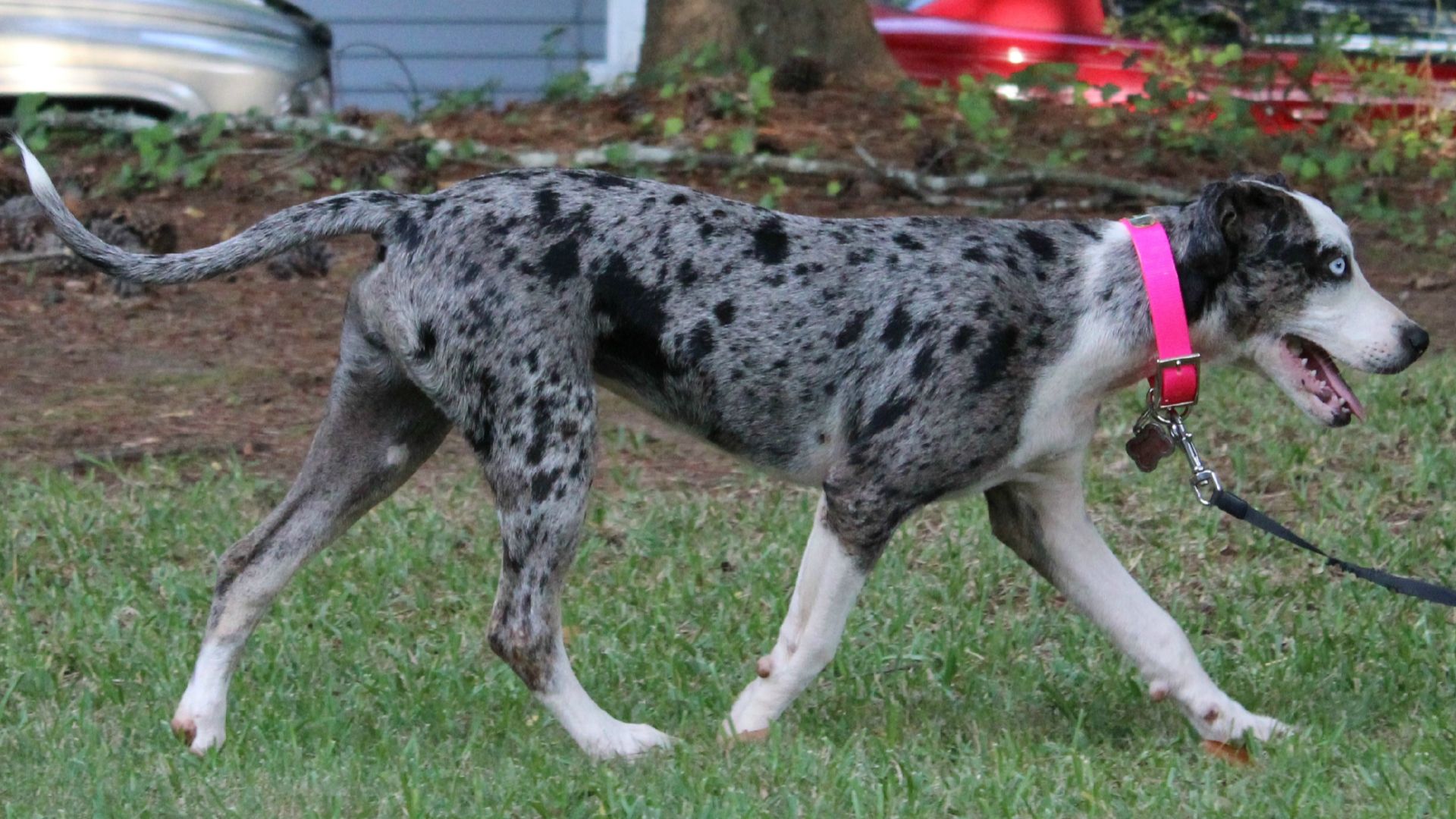 Sasquatchcatahoula, Wikimedia Commons
Sasquatchcatahoula, Wikimedia Commons
Pit Bull
Pit Bulls have a bad reputation, and this is almost entirely due to lack of training—or worse, conditioning them to be fierce attack dogs, often through abuse. The other issue is around identification, as “pit bull” is an umbrella term for a number of breeds, namely the American Pit Bull Terrier, American Staffordshire Terrier, American Bully, and Staffordshire Bull Terrier.
Pit Bull
As dogs that are generally bred for fighting, they can of course be aggressive, but they are not naturally so. With proper training and socialization, they can be affectionate and loyal. Unfortunately, their reputation makes people fear them more than other dogs.
Bullmastiff
Bullmastiffs are one of the largest breeds. As such, they can easily overpower a person and if not trained properly can think of themselves as dominant, making them impossible to control.
Bullmastiff
They tend to be stubborn and can be destructive when left alone for too long. As big dogs, they need lots of outdoor time and exercise. Another issue to consider is their tendency to drool—a lot.
Skye Terrier
Unlike most of the dogs on this list, Skye Terriers are not big dogs nor are they bred to guard or to hunt big game. Like all terriers, Skye Terriers were bred to hunt small vermin. As a small and energetic breed, they can be rambunctious and difficult to handle for someone not used to dogs.
Skye Terrier
The main issue around Skye Terriers is their upkeep. With long hair that falls over their eyes, their grooming needs are extensive. Since they like being outside and digging, they tend to get dirty, and regular bathing is both necessary but also time-consuming given their long thick coats.
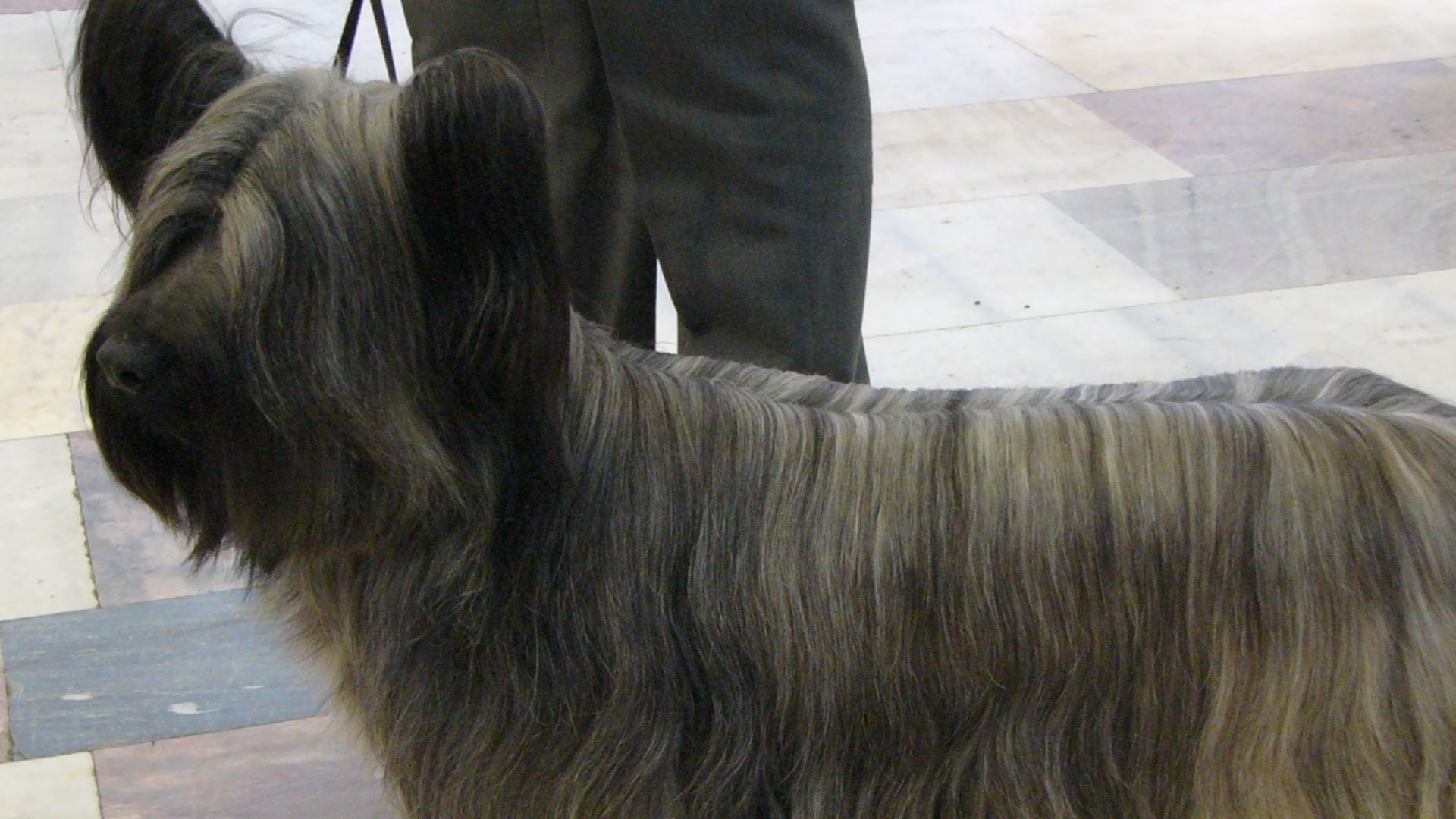 Michal Maňas, Wikimedia Commons
Michal Maňas, Wikimedia Commons
Shar-Pei
The Shar-Pei is often colloquially called the “wrinkle dog” for its characteristic wrinkled skin. Their disposition is not too overly friendly, and they are difficult to train. They are also territorial (they were bred as guard dogs) and have difficulty socializing with other people or animals.
Afghan Hound
An intelligent dog, Afghan Hounds are independent-minded and often remind people of cats in disposition. They tend to be stubborn and go where they want and without proper training, may not respond to the simplest commands. With their extremely long fur, they are a challenge to groom and would not be ideal for a first-time dog owner.
English Bulldog
The main issue with the English Bulldog is their preference to be idle. They are not energetic dogs and prefer not to move, and as such don’t answer commands well. They are most suited to someone with a small space. However, they can be difficult to keep clean due to the folds in their skin.
 Ultimoribelle, Wikimedia Commons
Ultimoribelle, Wikimedia Commons
Beagle
Beagles are known for their high energy and tendency to howl and bark excessively. Bred for hunting small game, their sense of smell is very strong. They can be independent and strong-willed and need to be trained well to listen to commands.
Beagle
They need training and socializing, in particular, they are in need of firm boundaries. Given their high energy levels, they require lots of exercise and outdoor time. They are also prone to running away.
Pekingese
These are small dogs and very intelligent. With that intelligence comes stubbornness. If not trained properly, they can try to position themselves as “top dog” despite their size and they are prone to bite and snap, even their owners.
Pekingese
One key characteristic of the Pekingese is their preference to be alone with their adult human pack. They crave attention and prefer not to be around other dogs or cats. They are tolerant of human children to a degree but without training, they may be too aggressive with the biting.
Dalmatian
Dalmatians are an extremely popular breed due to their recognizability, their fame as fire dogs, and their image as Disney favorites. They are energetic dogs that need lots of activity and exercise. A loyal breed, they are protective of their human family.
Dalmatian
Because of their popularity as a breed and due to unscrupulous breeders, Dalmatians can often be found to be inbred, leading to various congenital disorders, such as deafness (a third of all Dalmatians are born deaf). They are also prone to skin problems which can be expensive to treat.
You May Also Like:
The Weirdest Mixed-Breed Dogs Ever
The Easiest Dog Breeds To Take Care Of
10 Dog Breeds That Owners Regret—And 10 That Professionals Recommend


